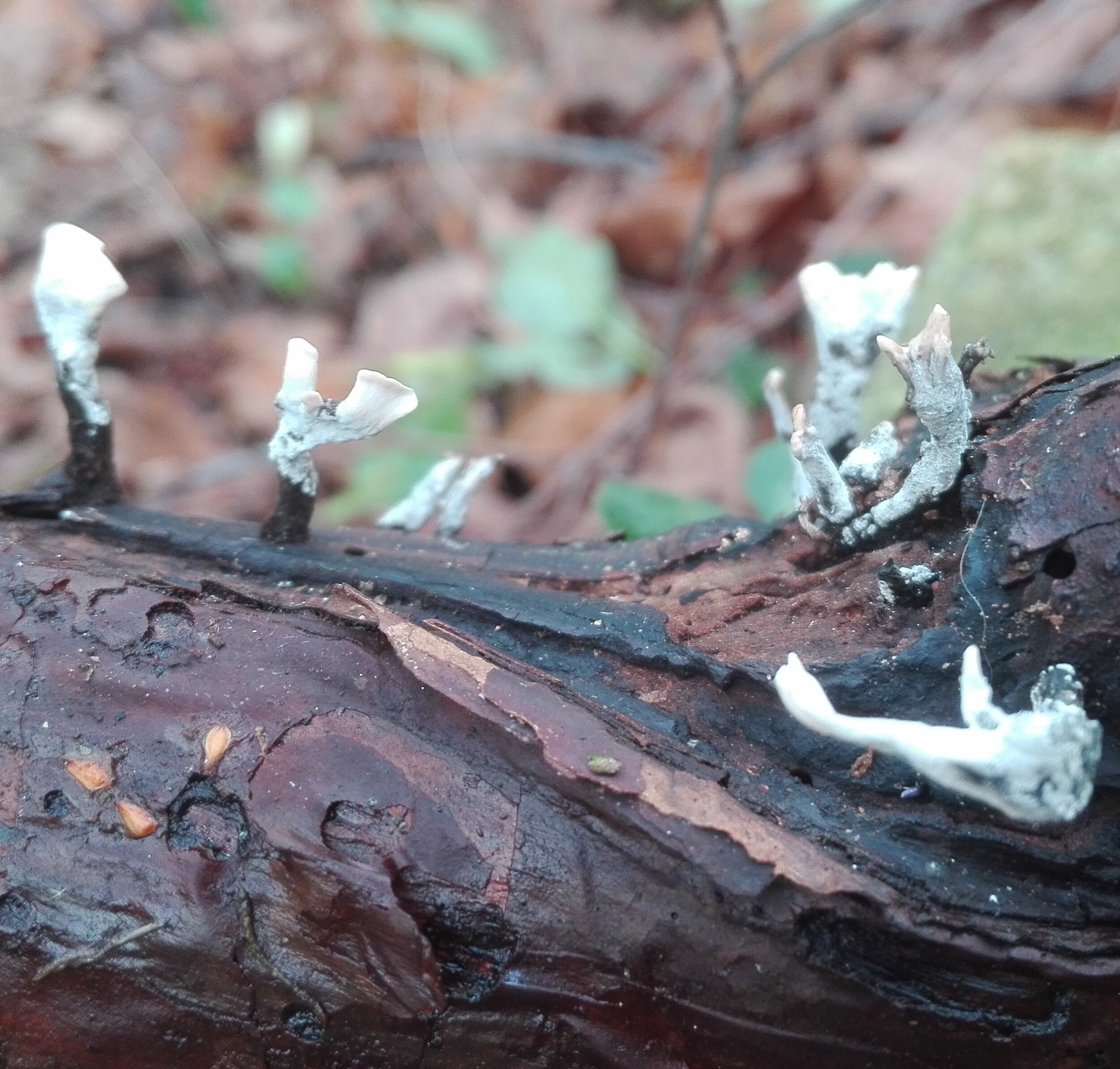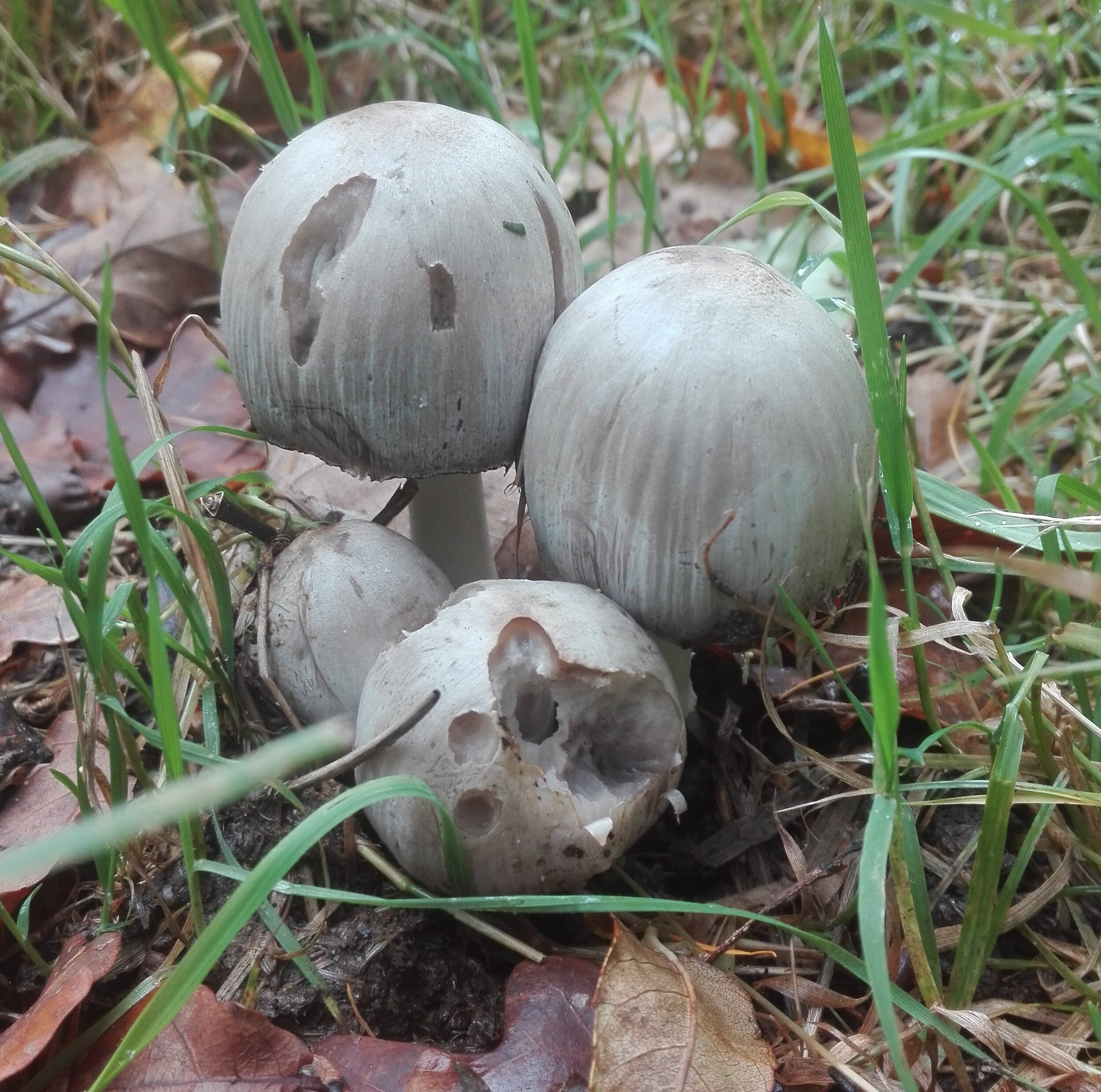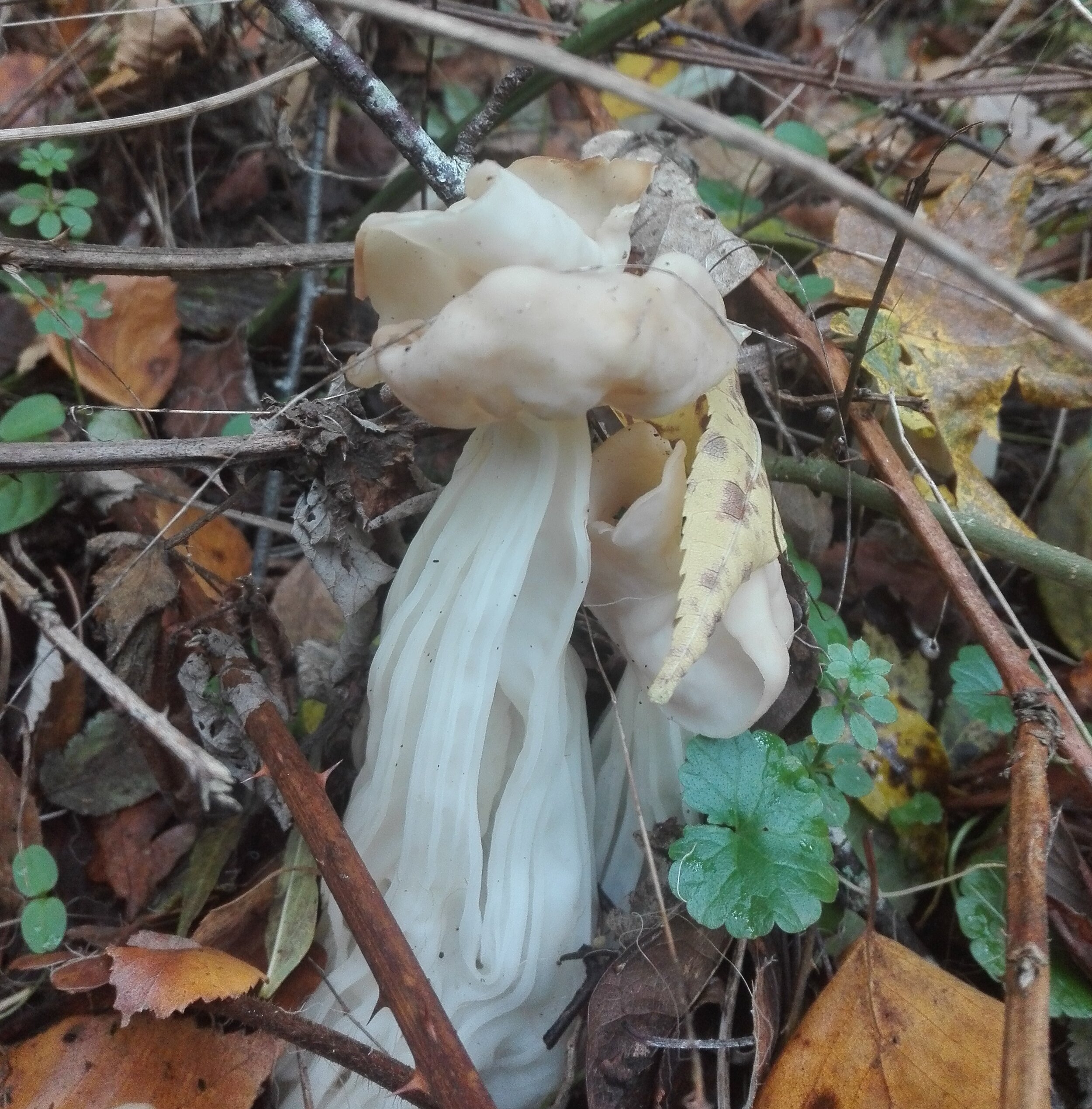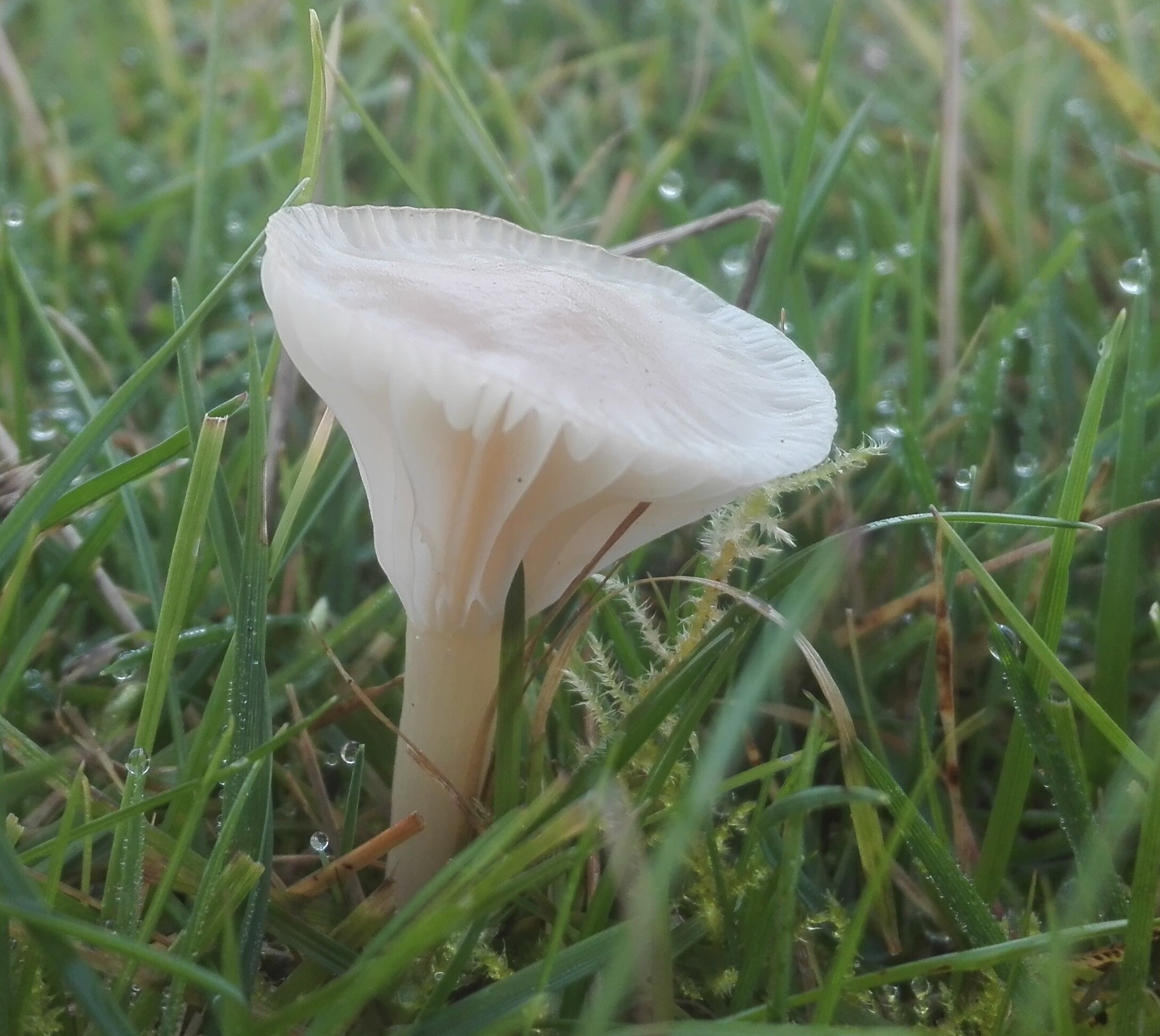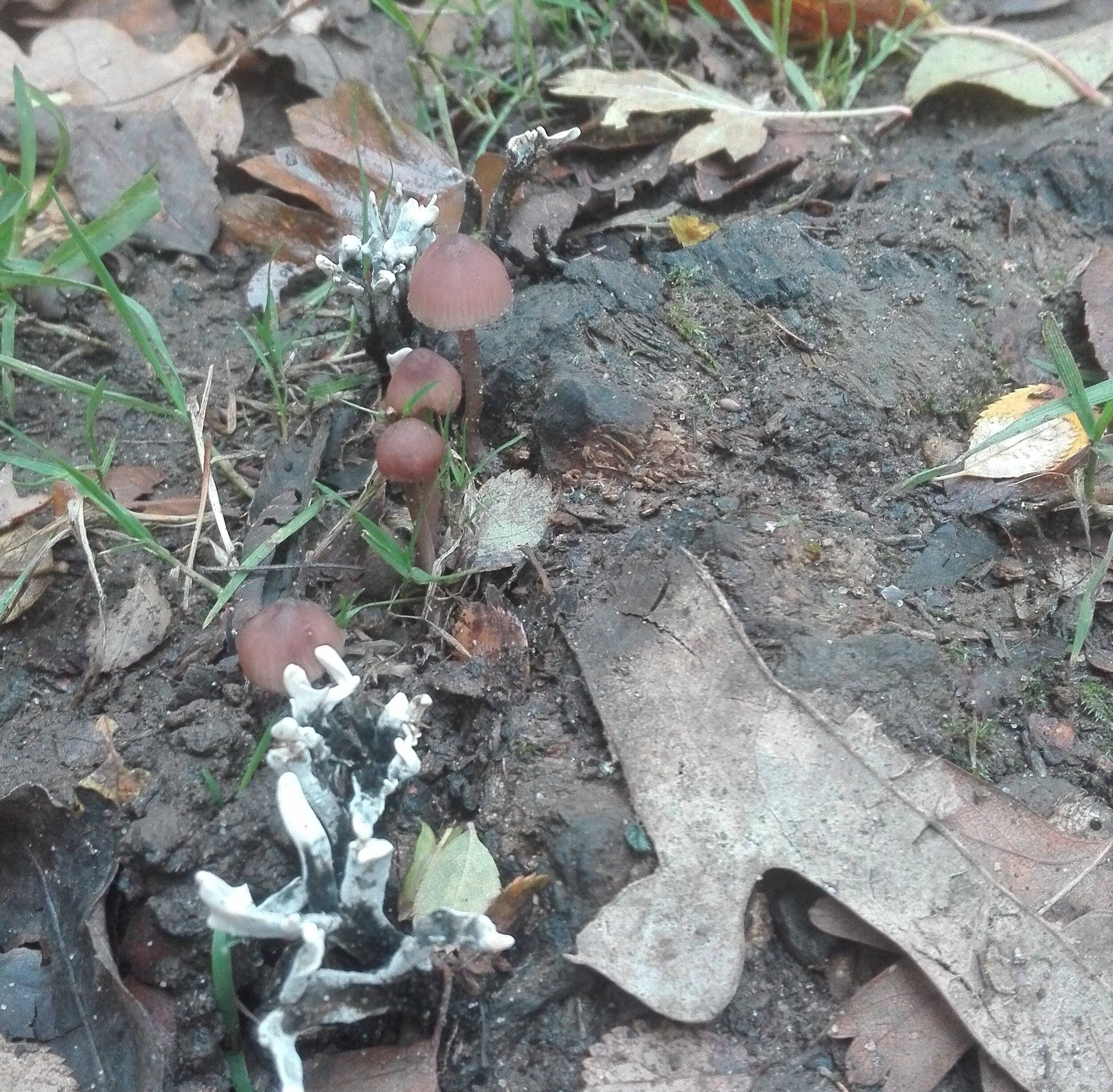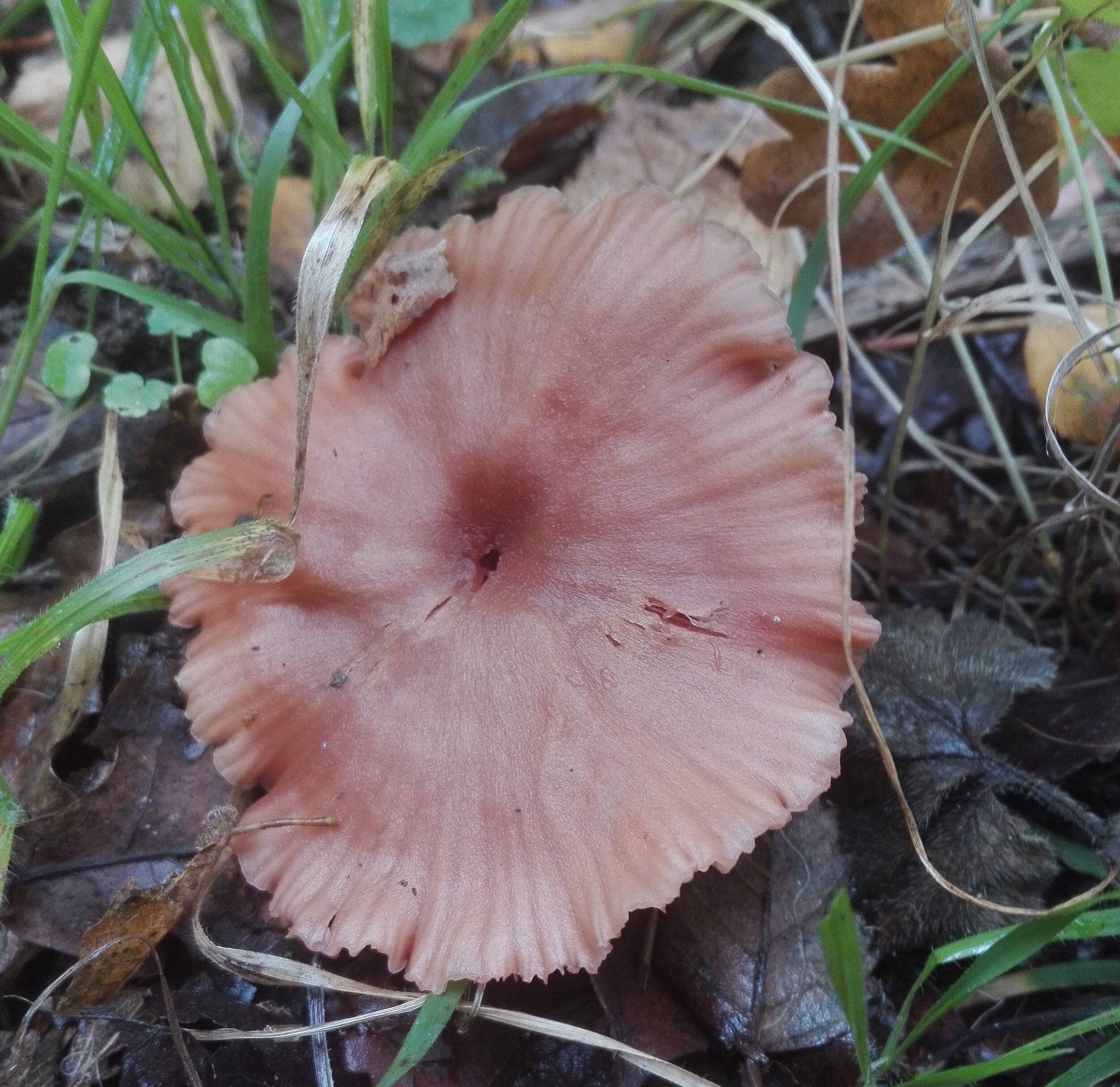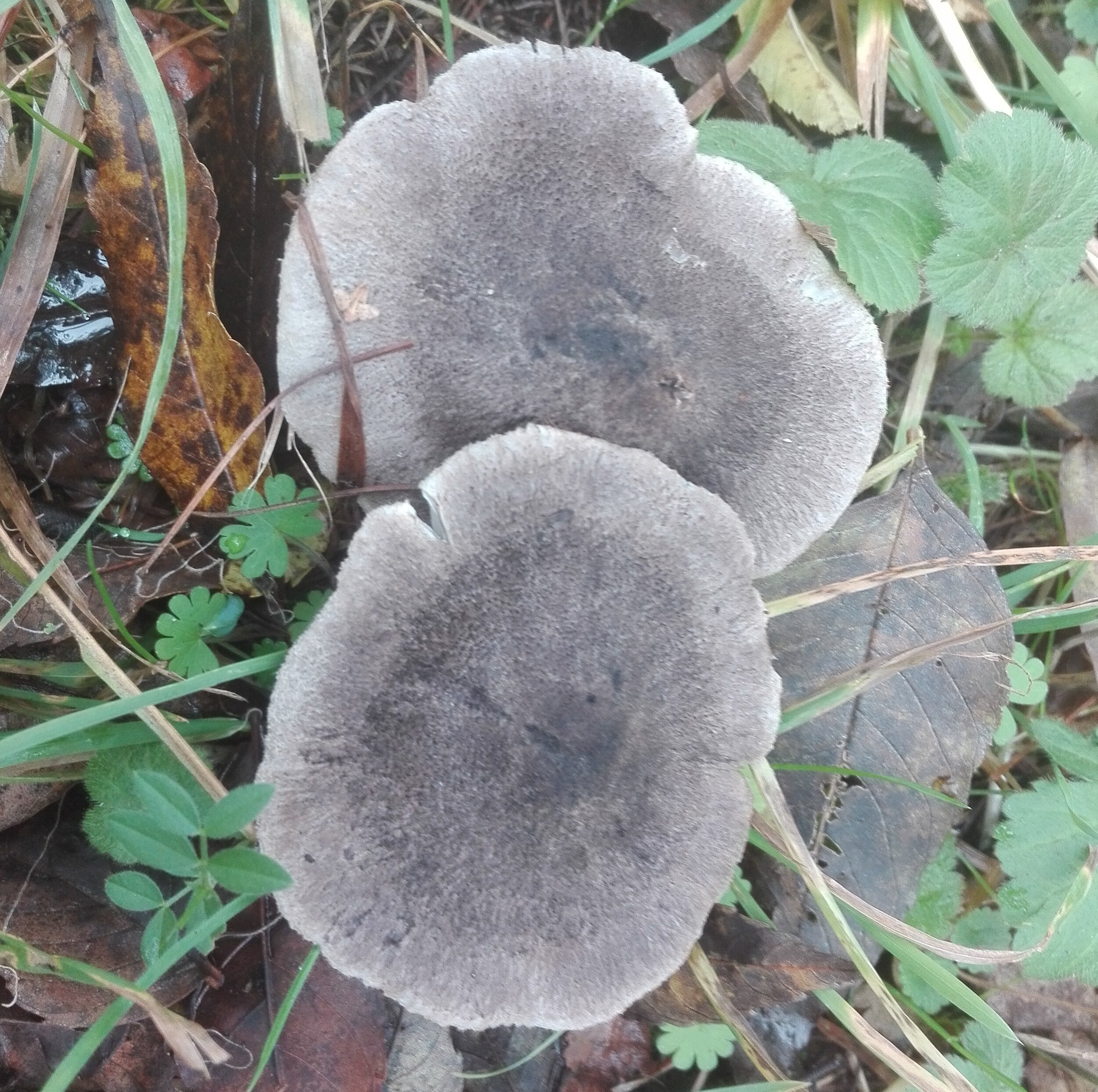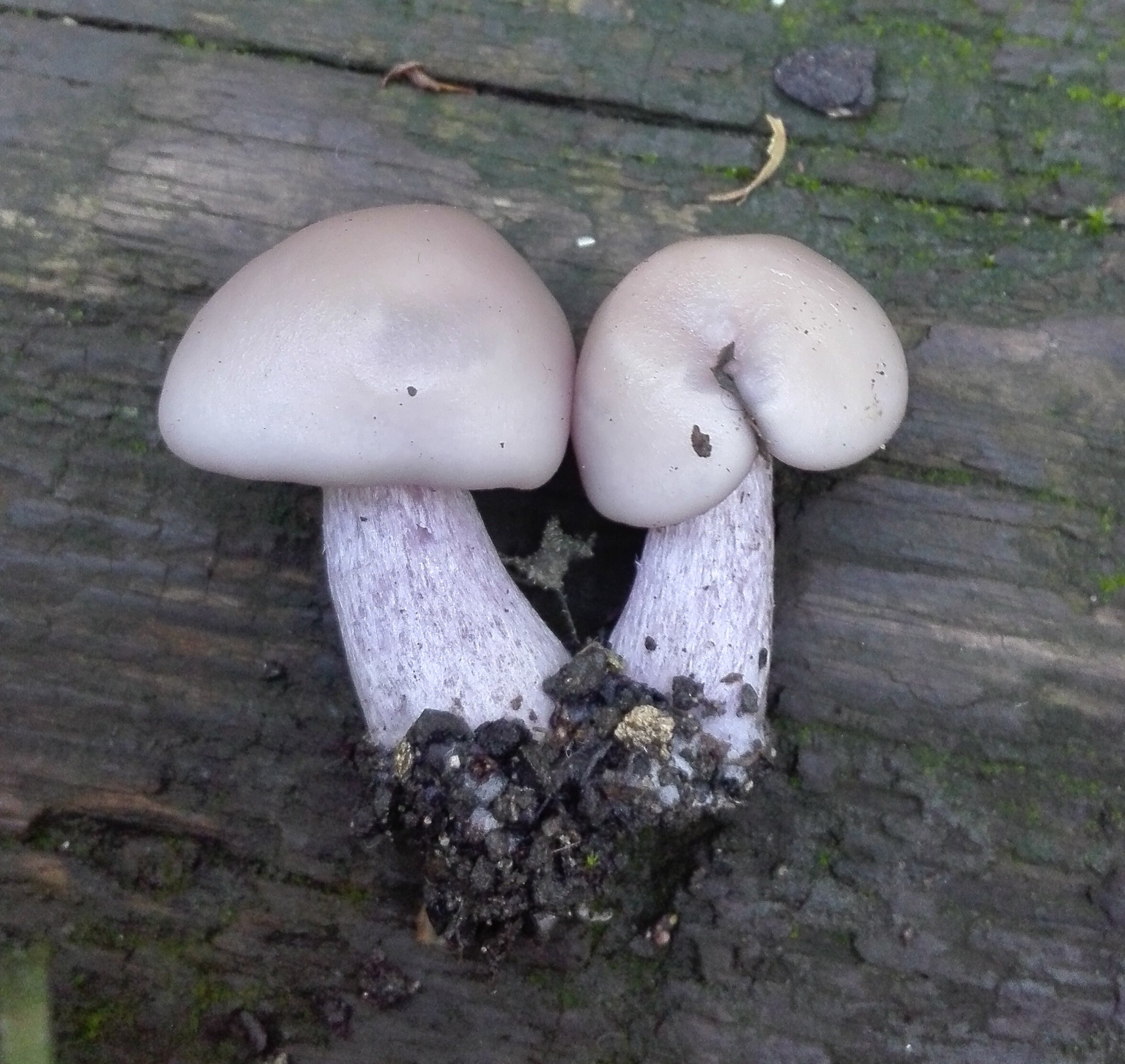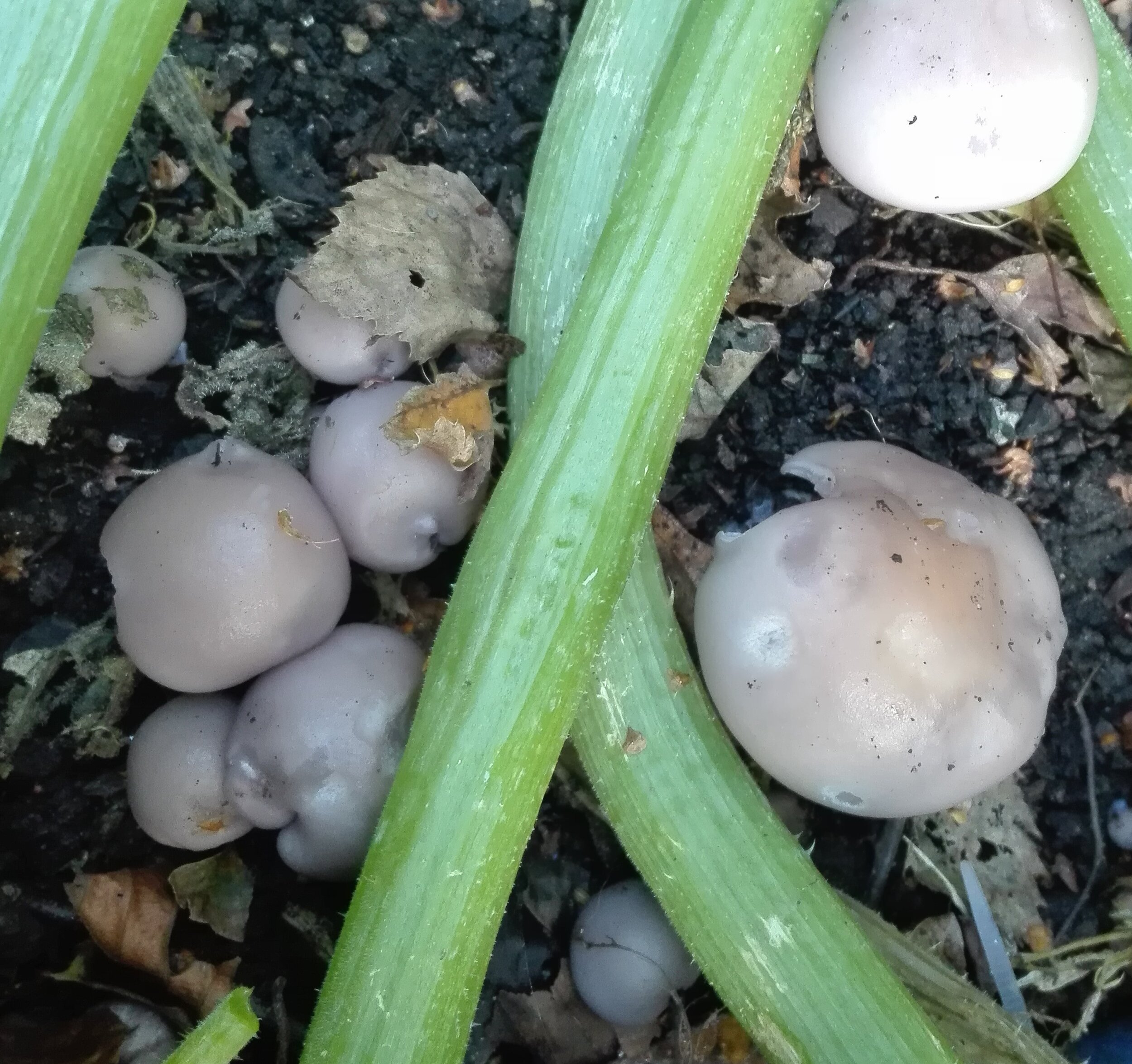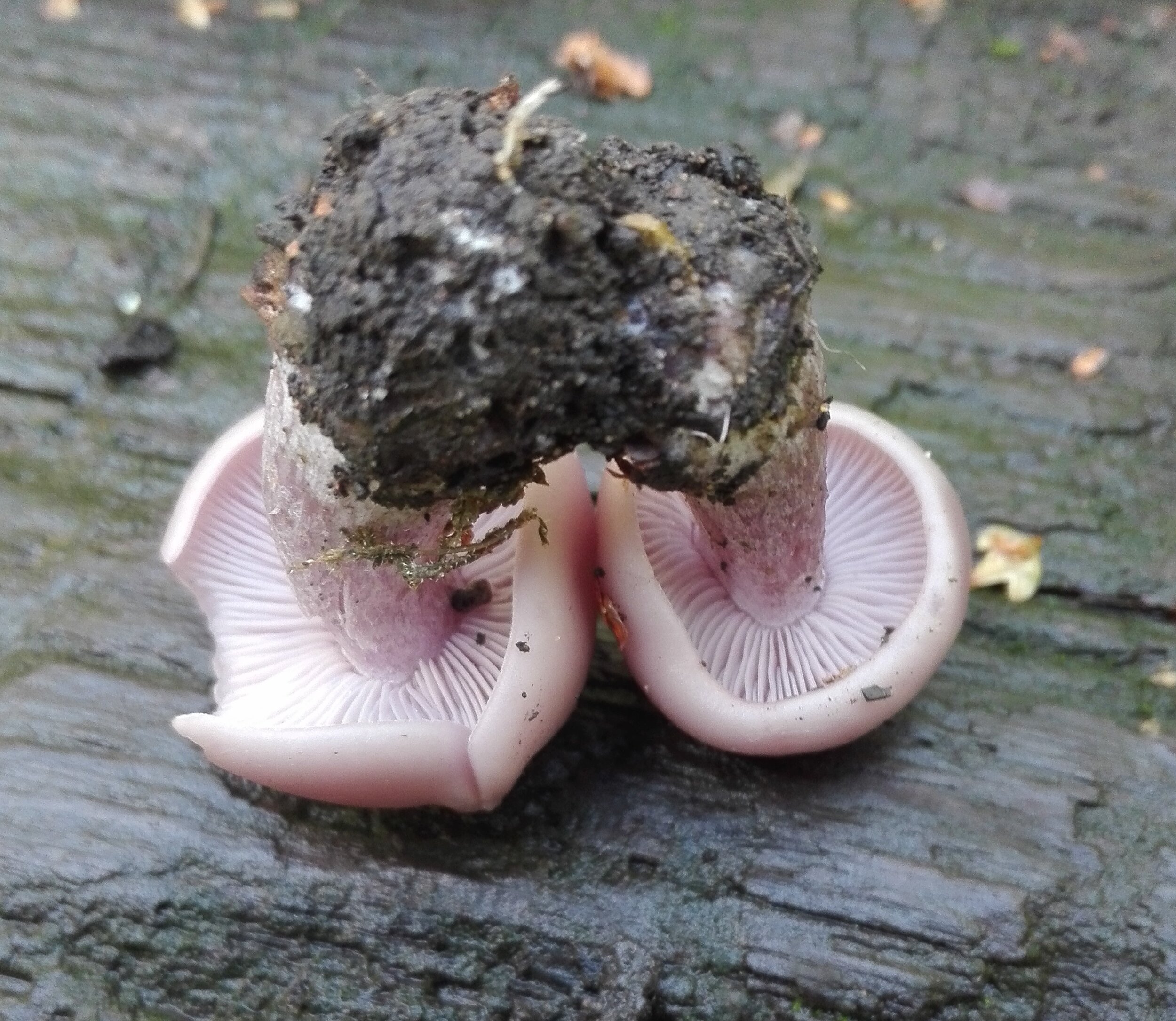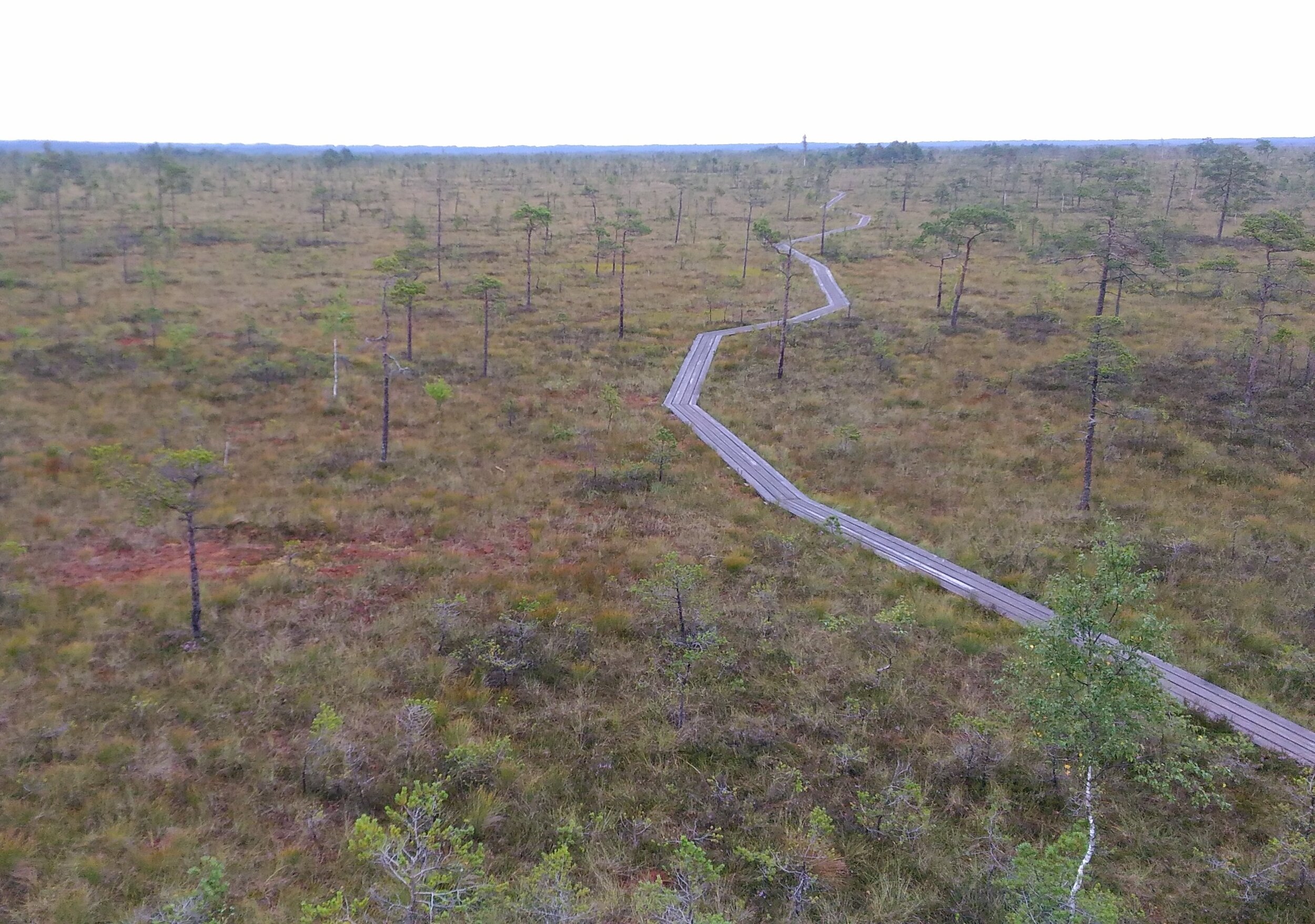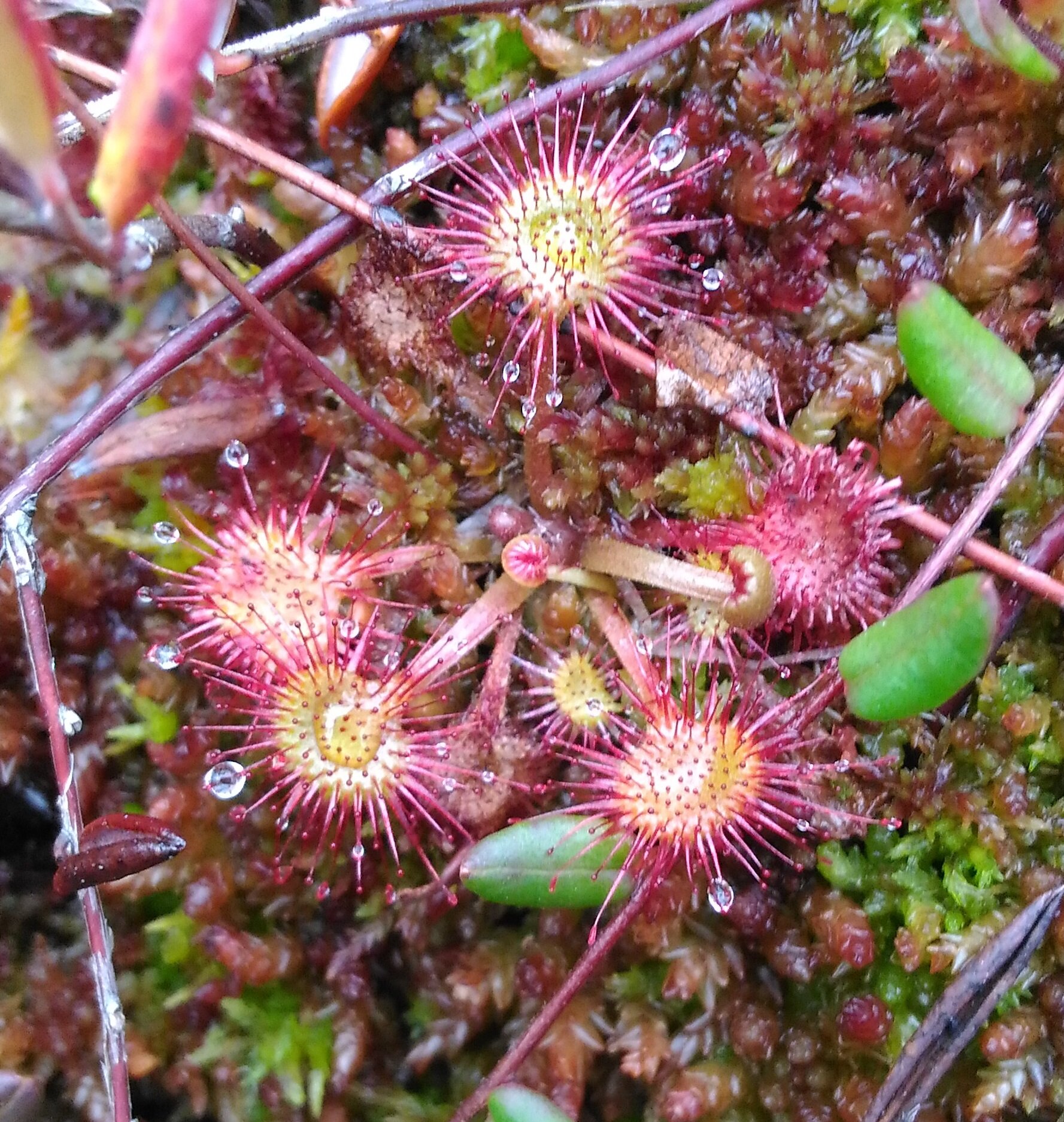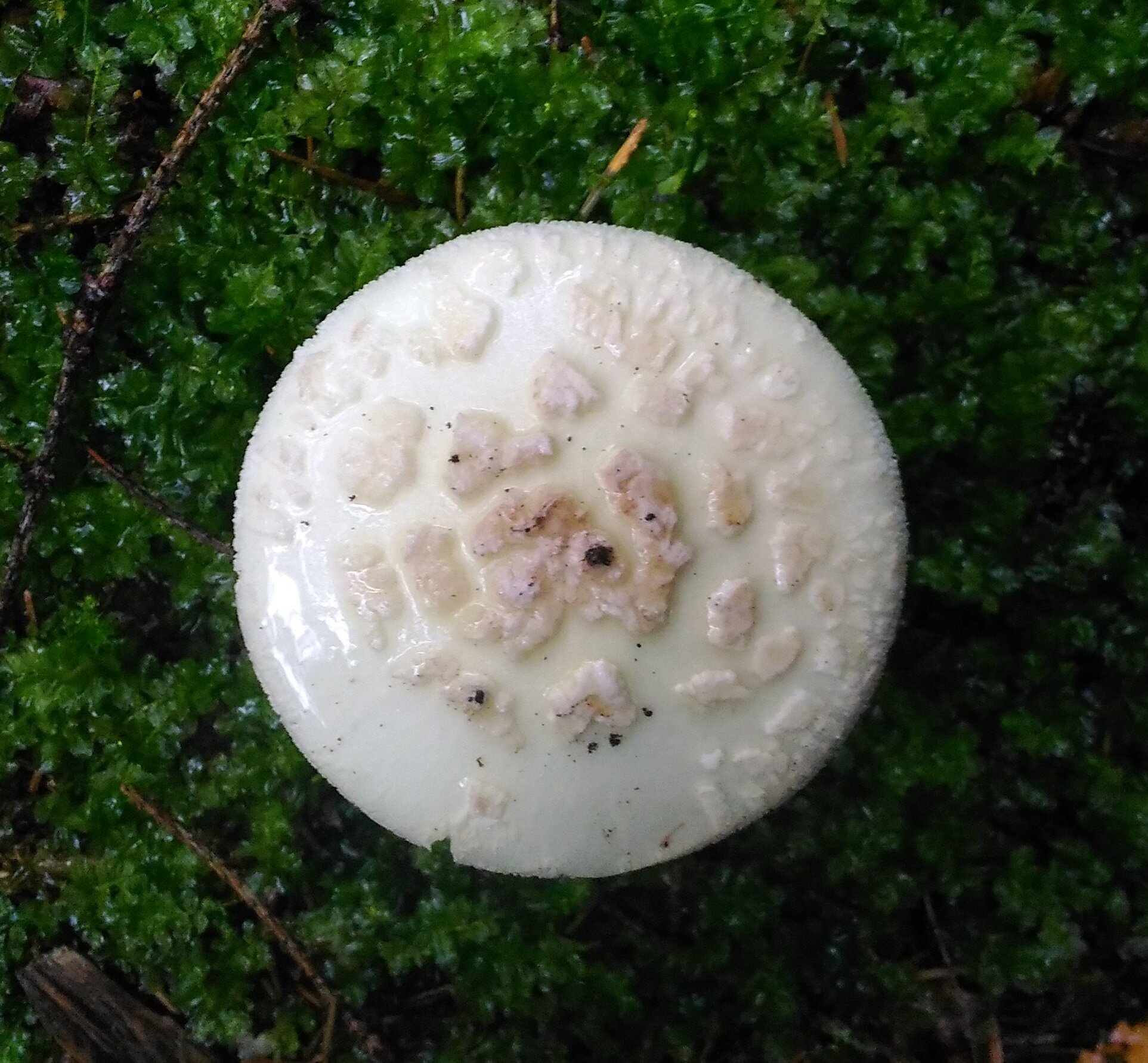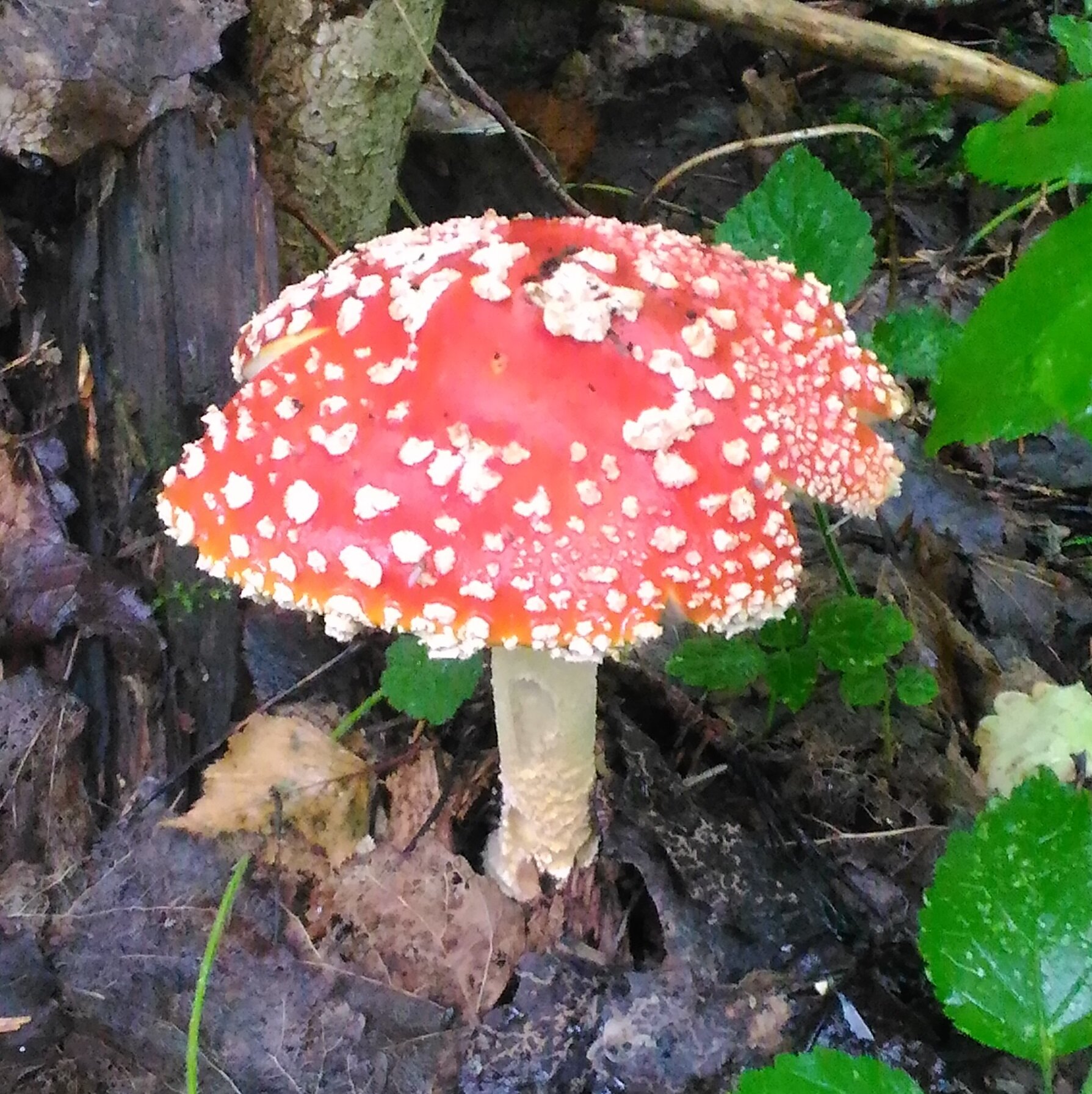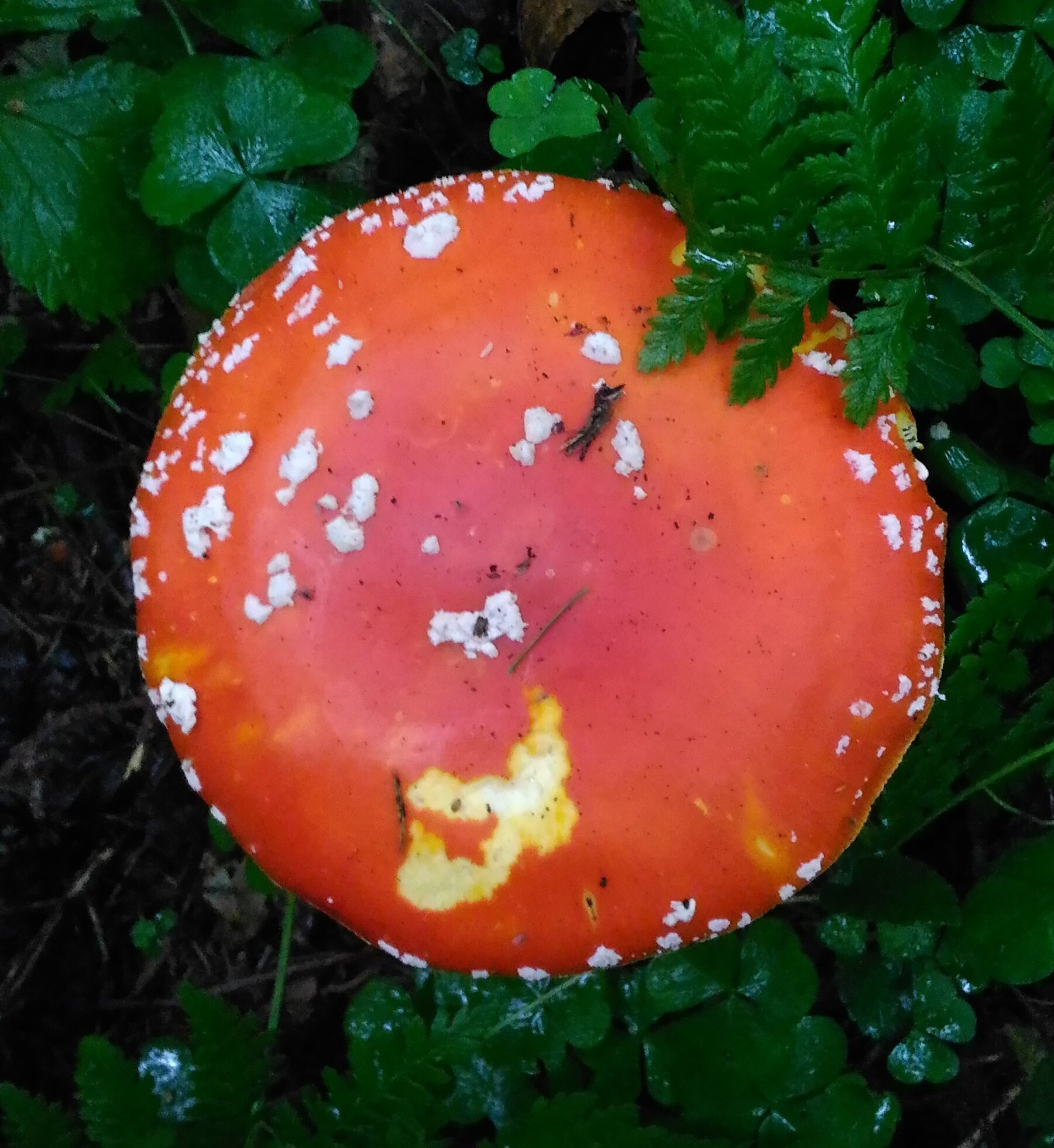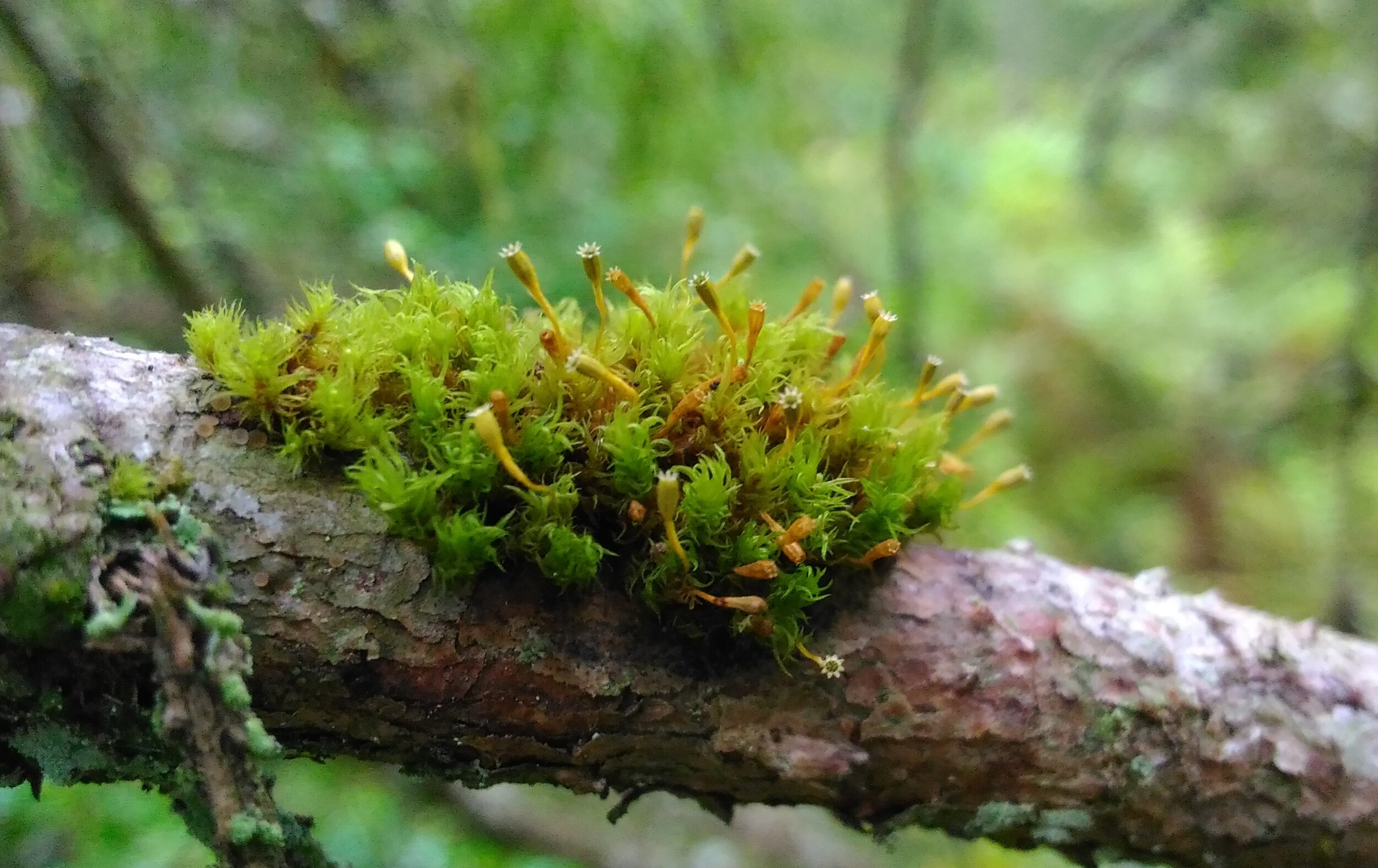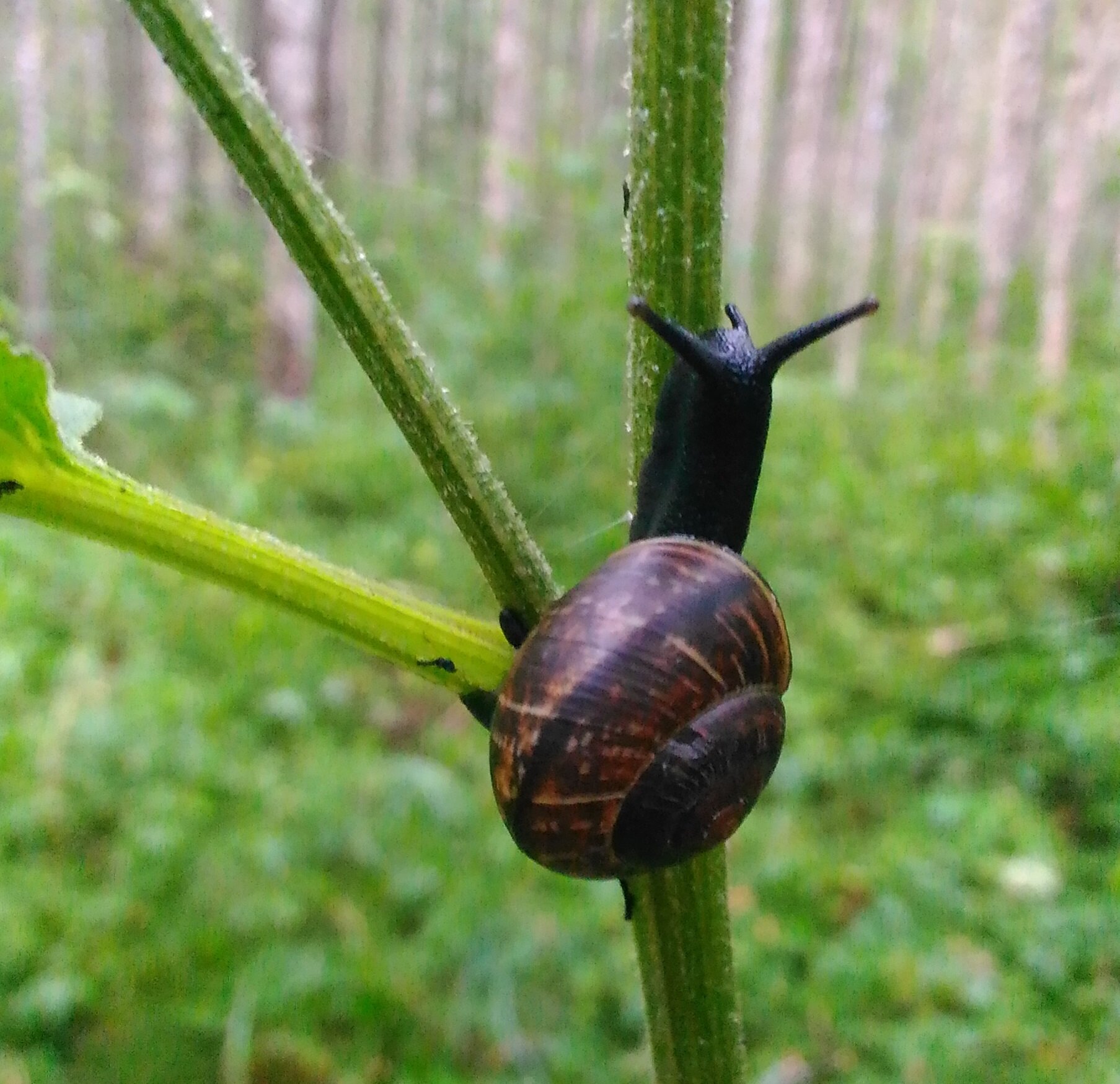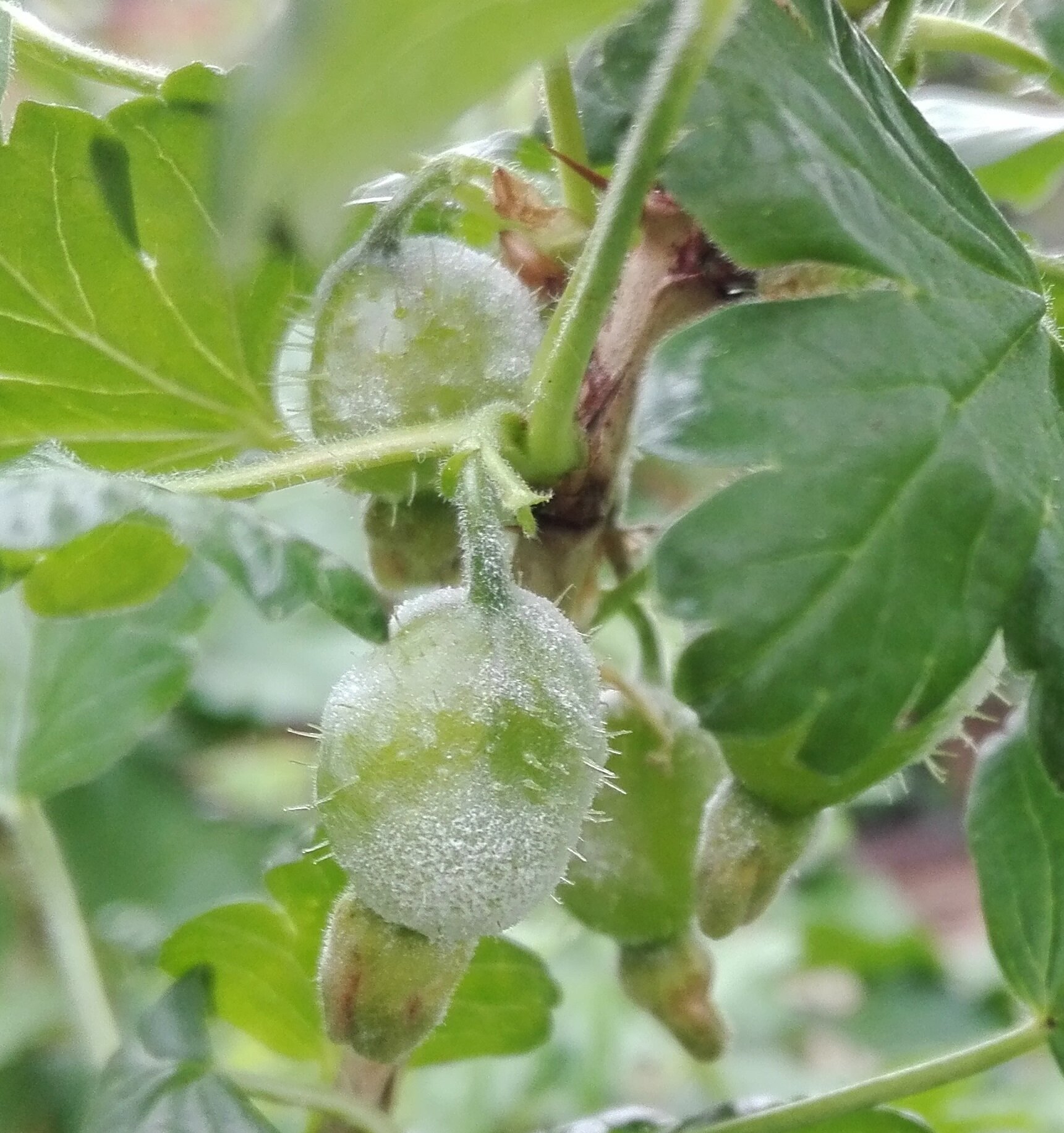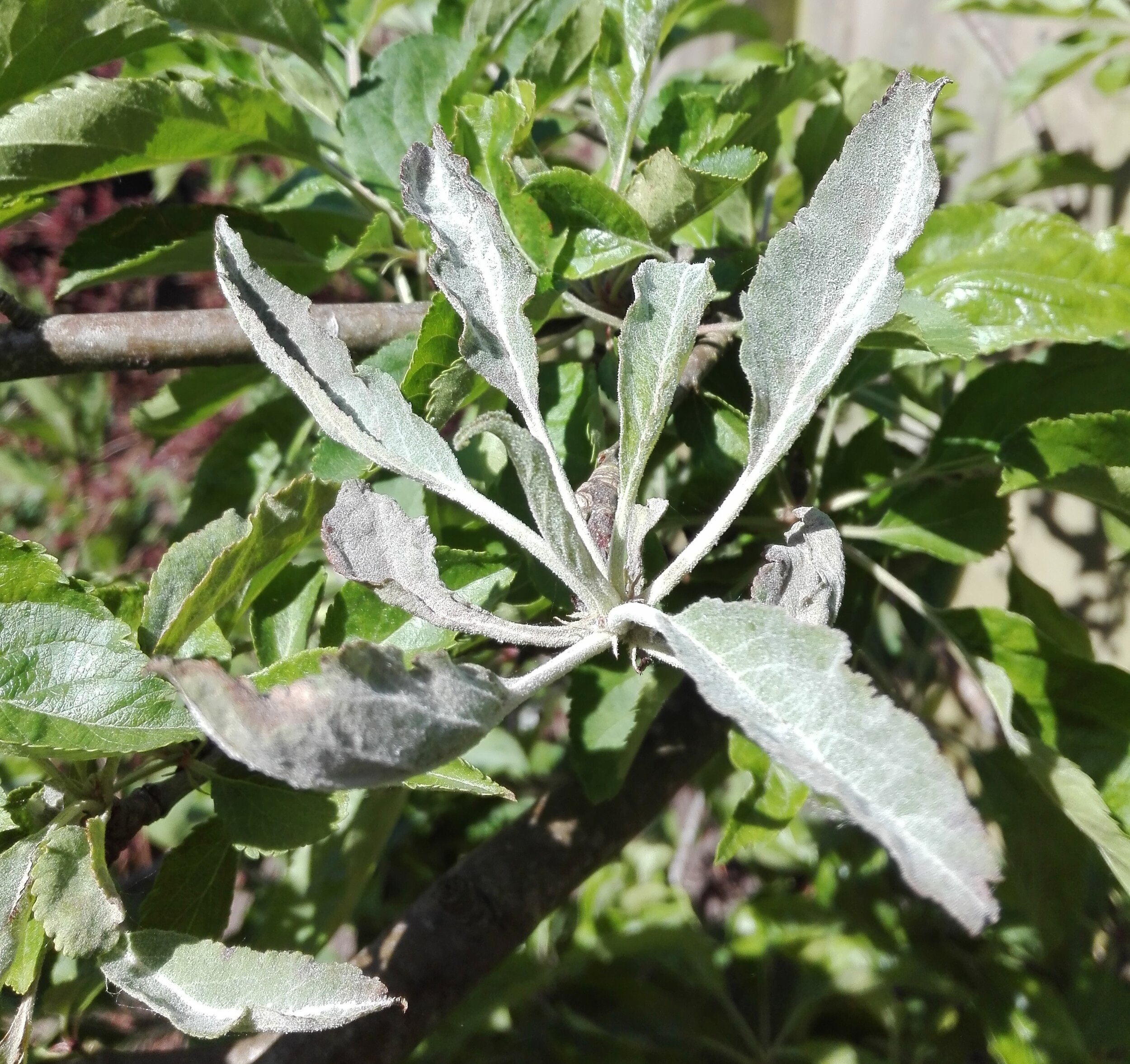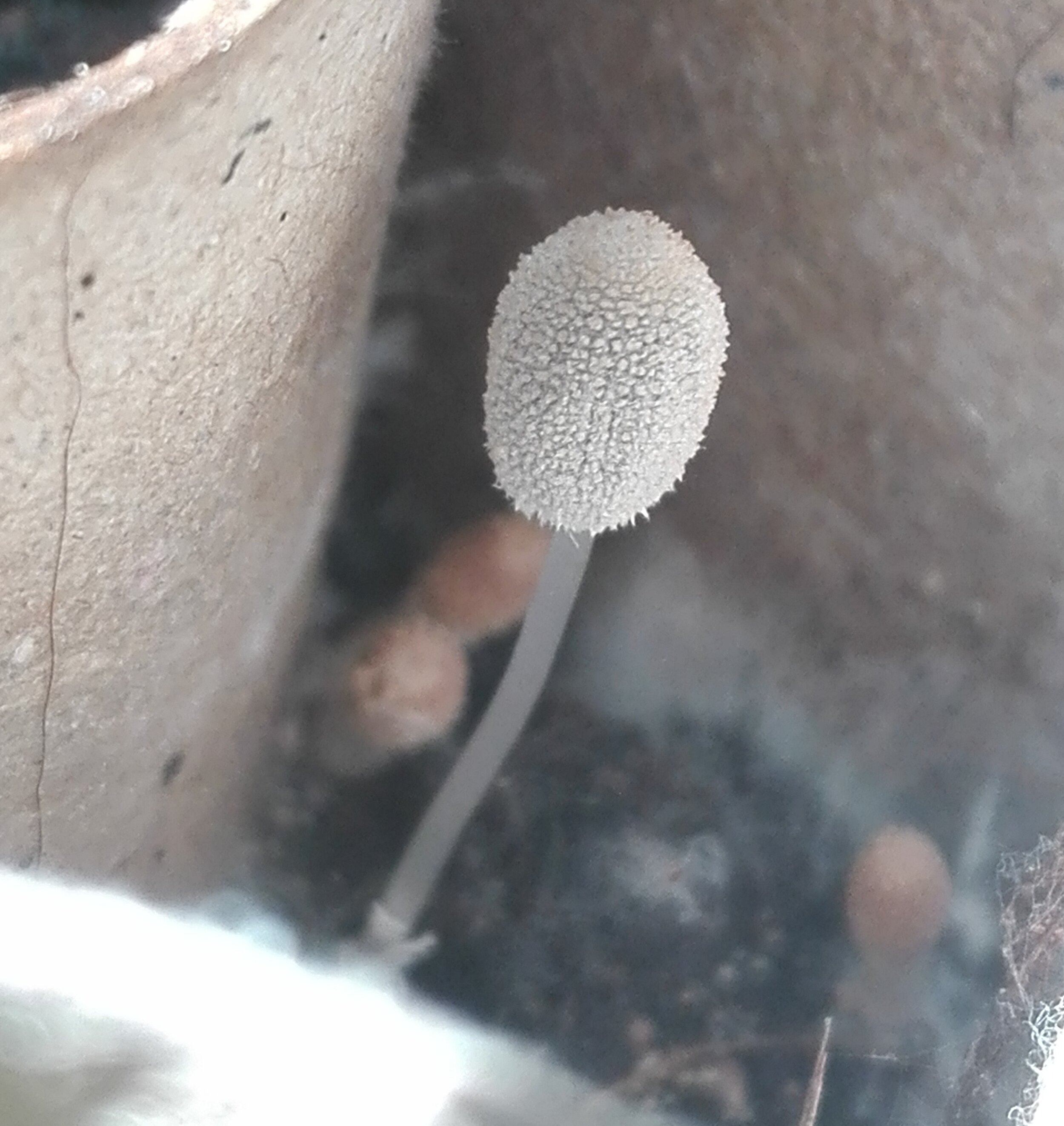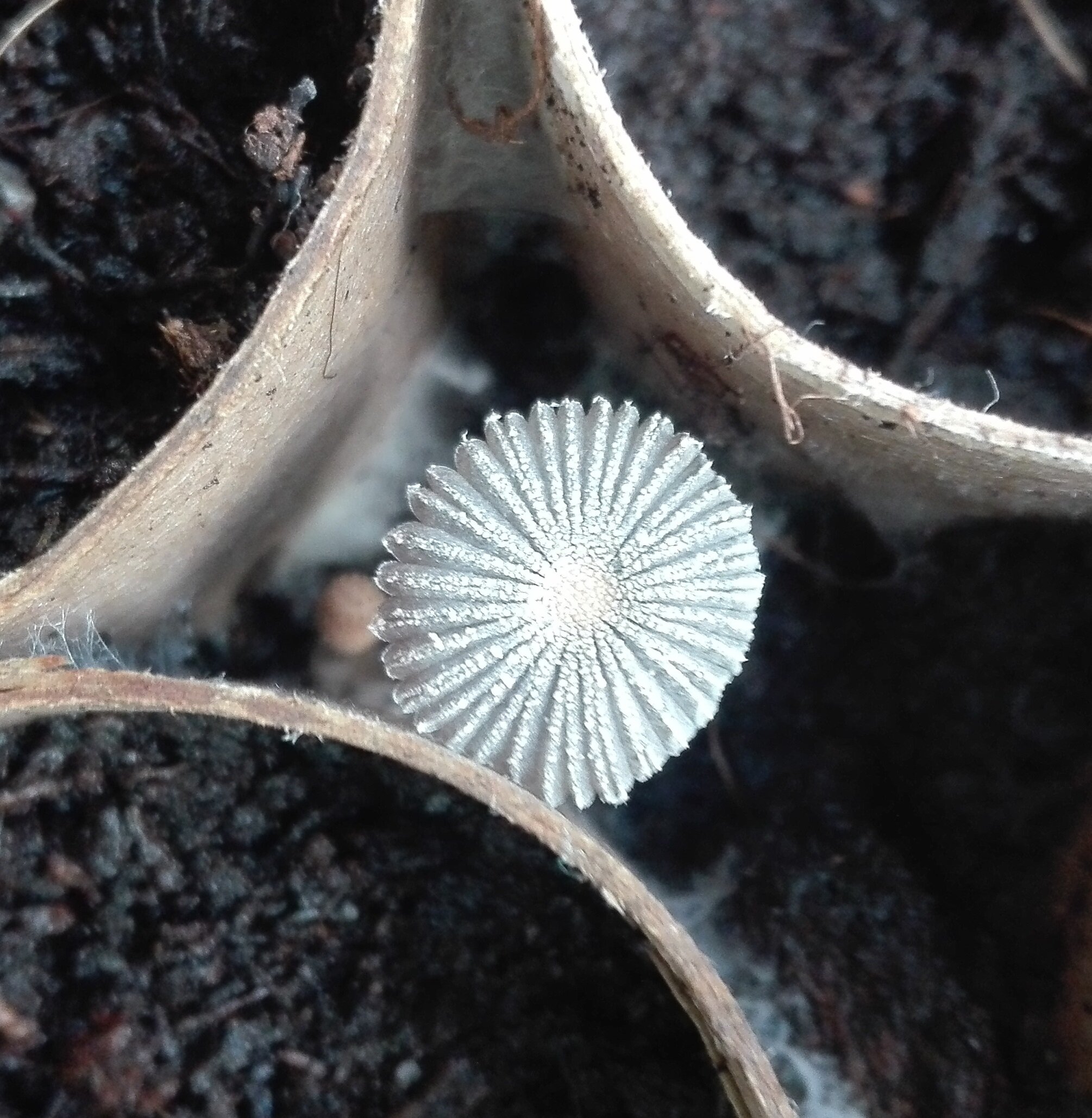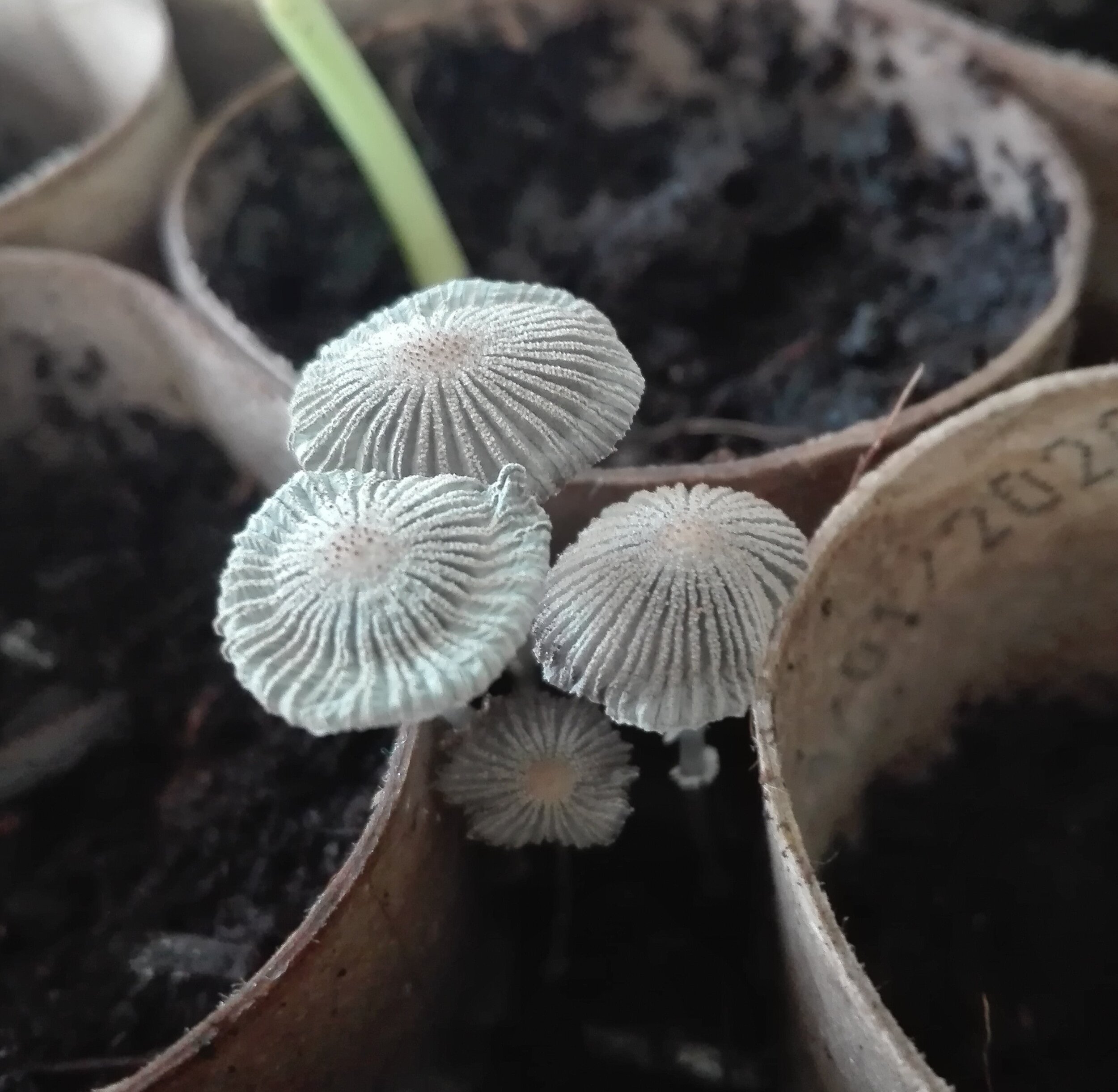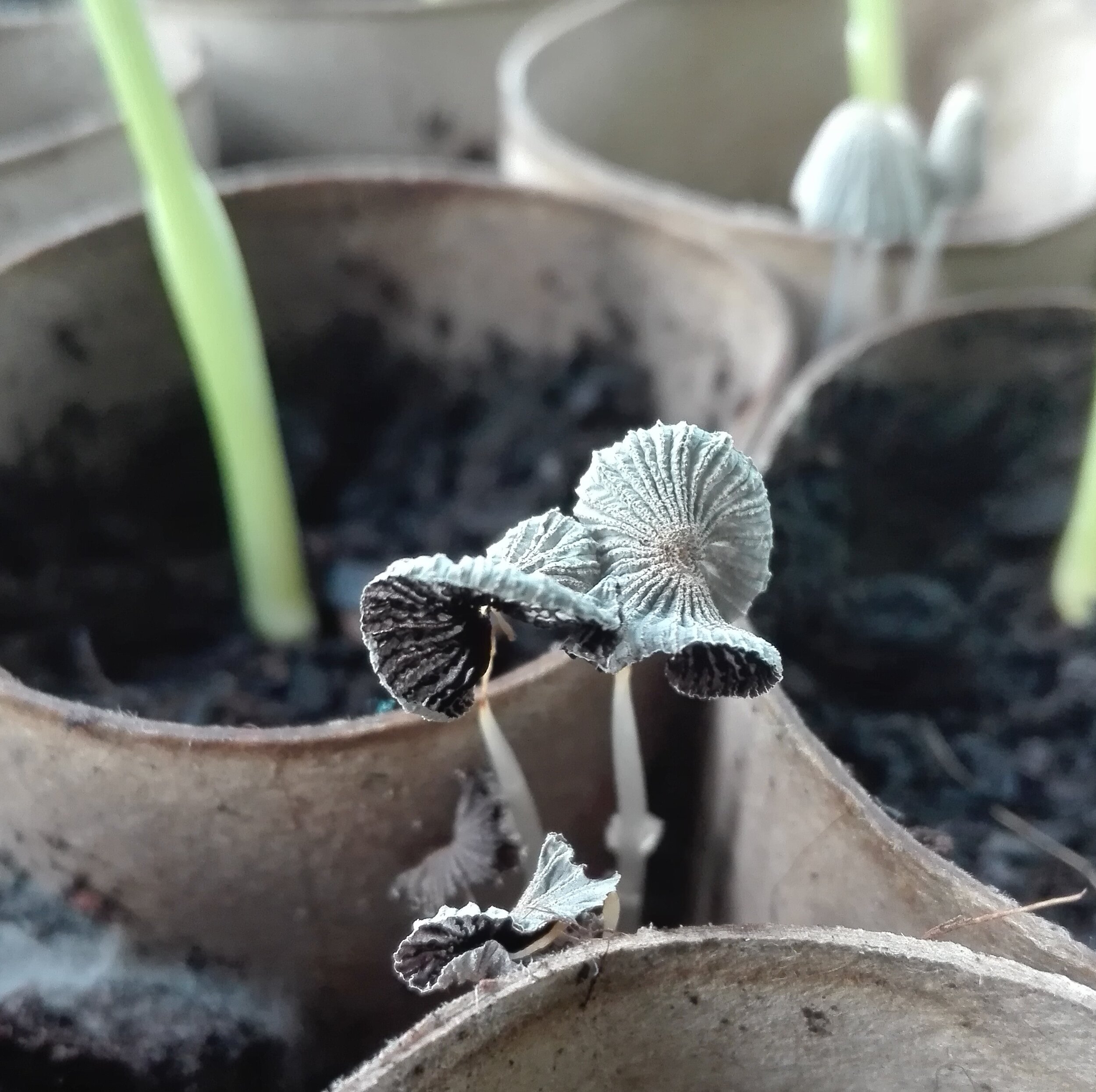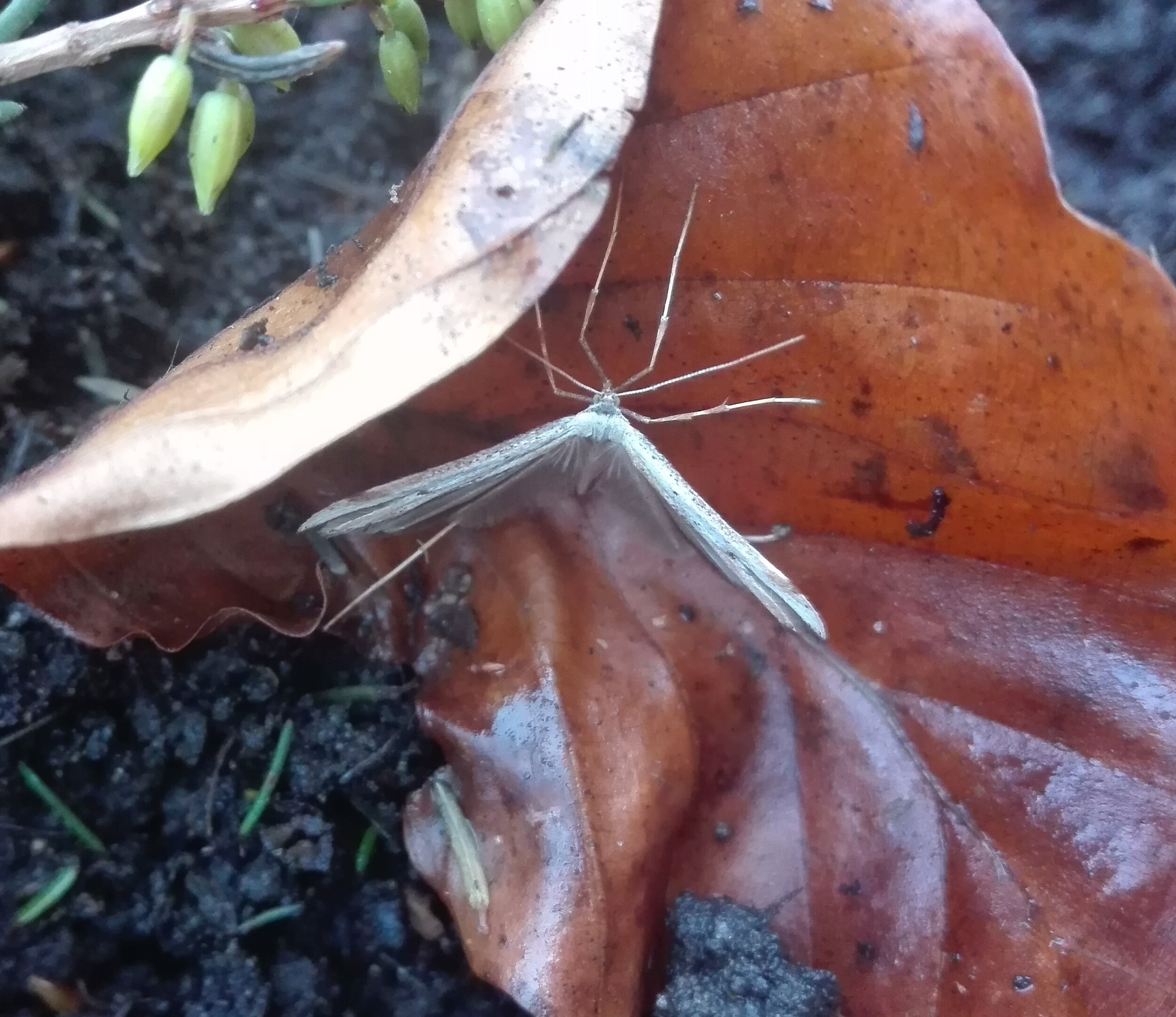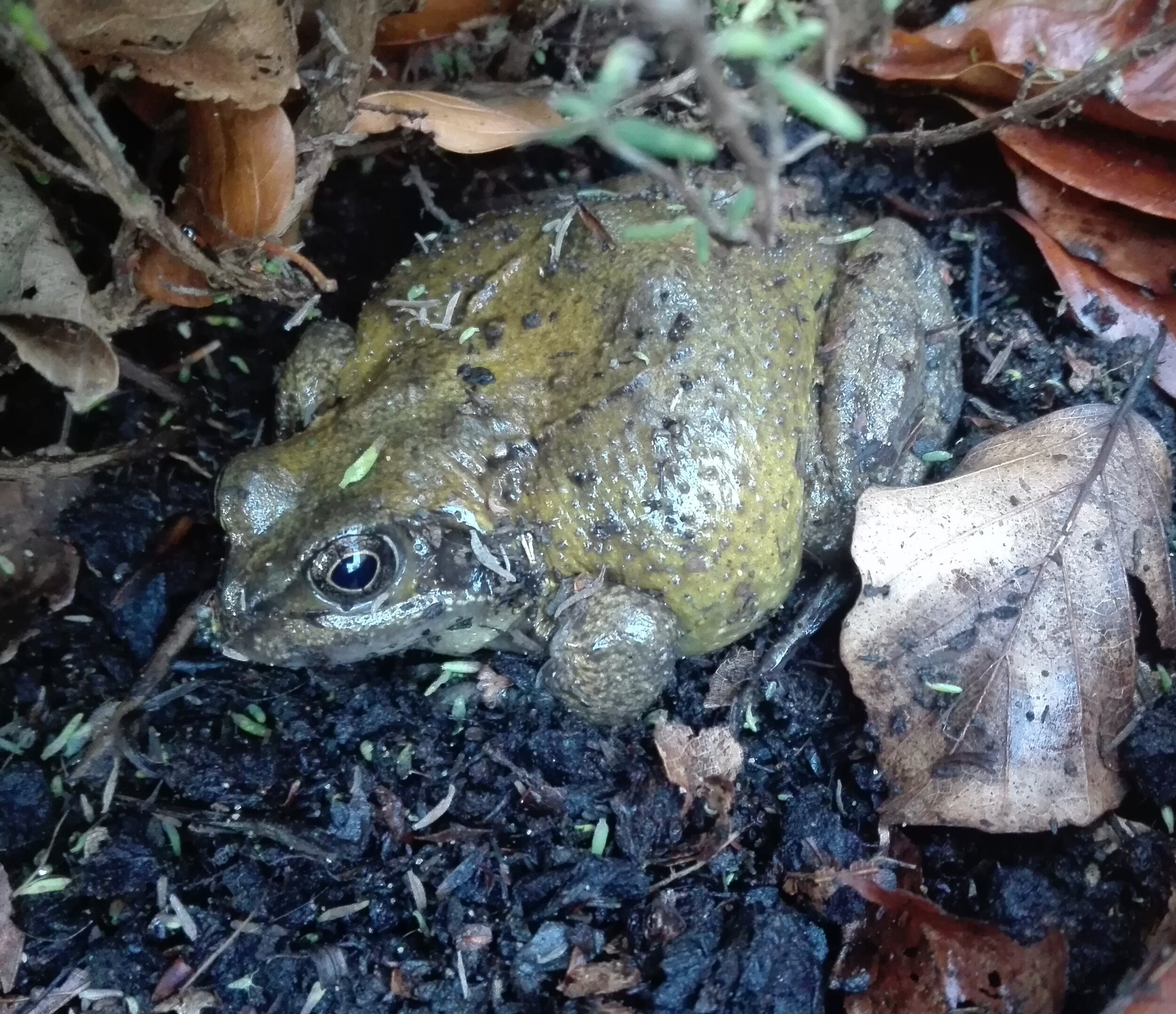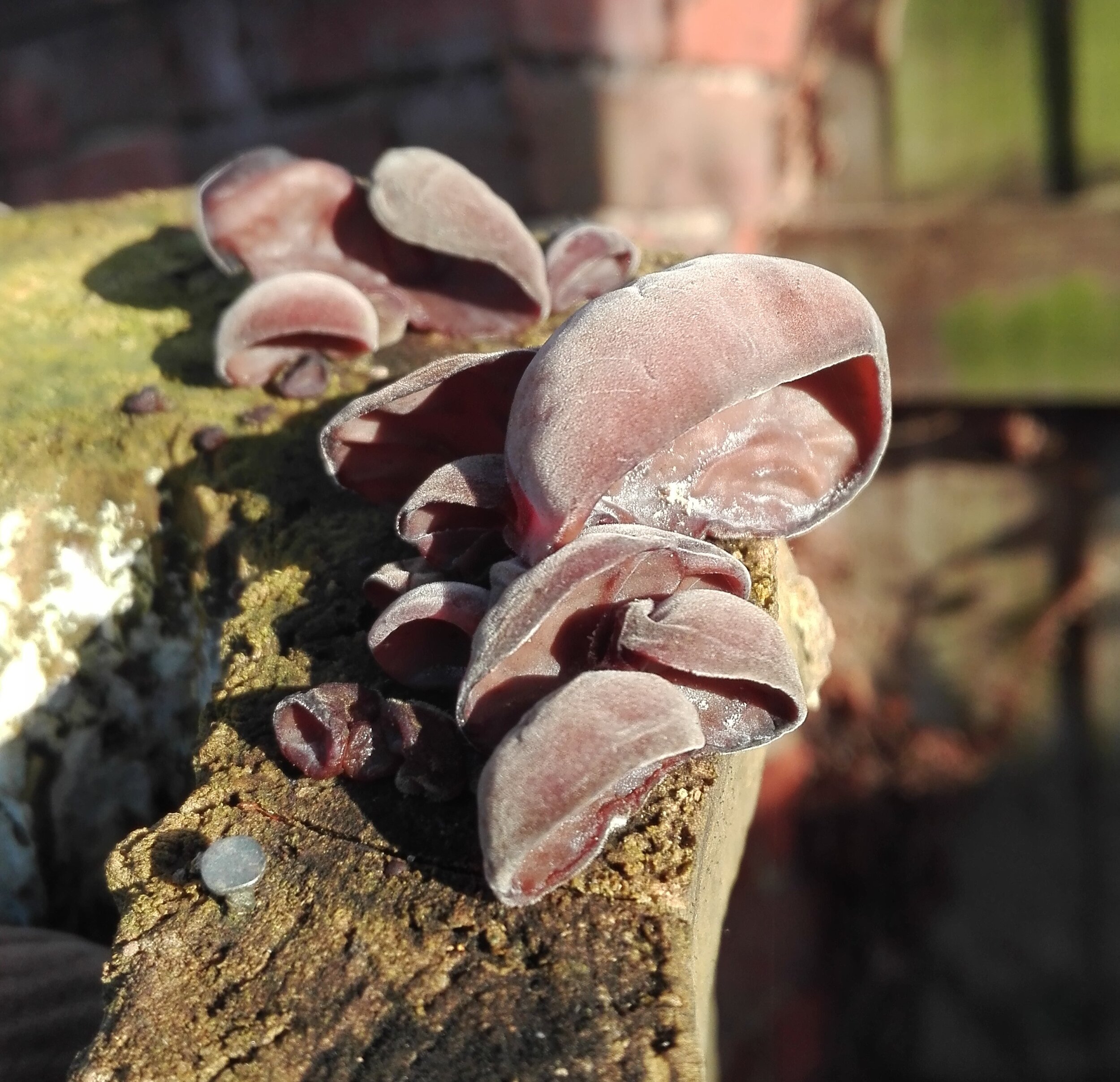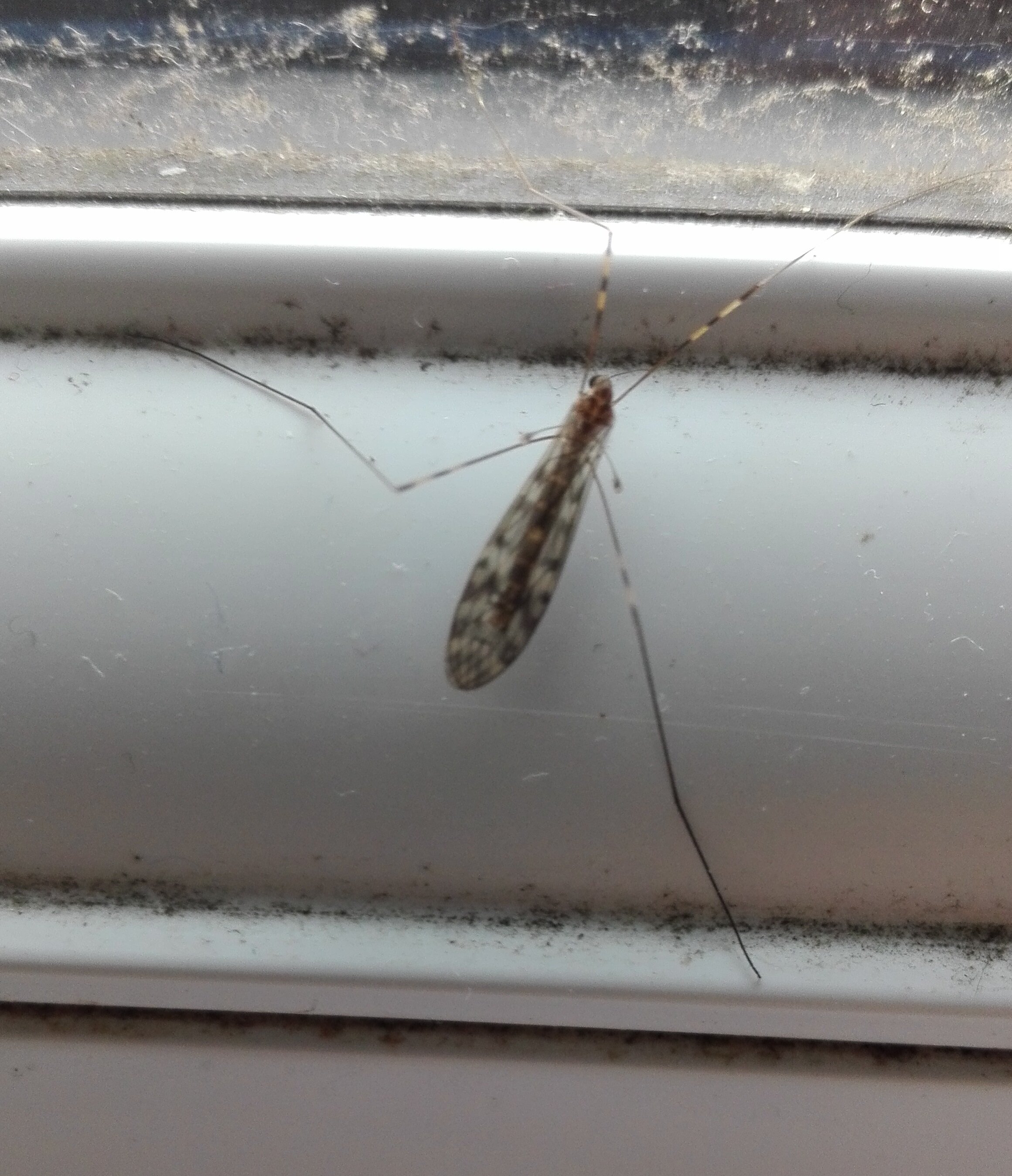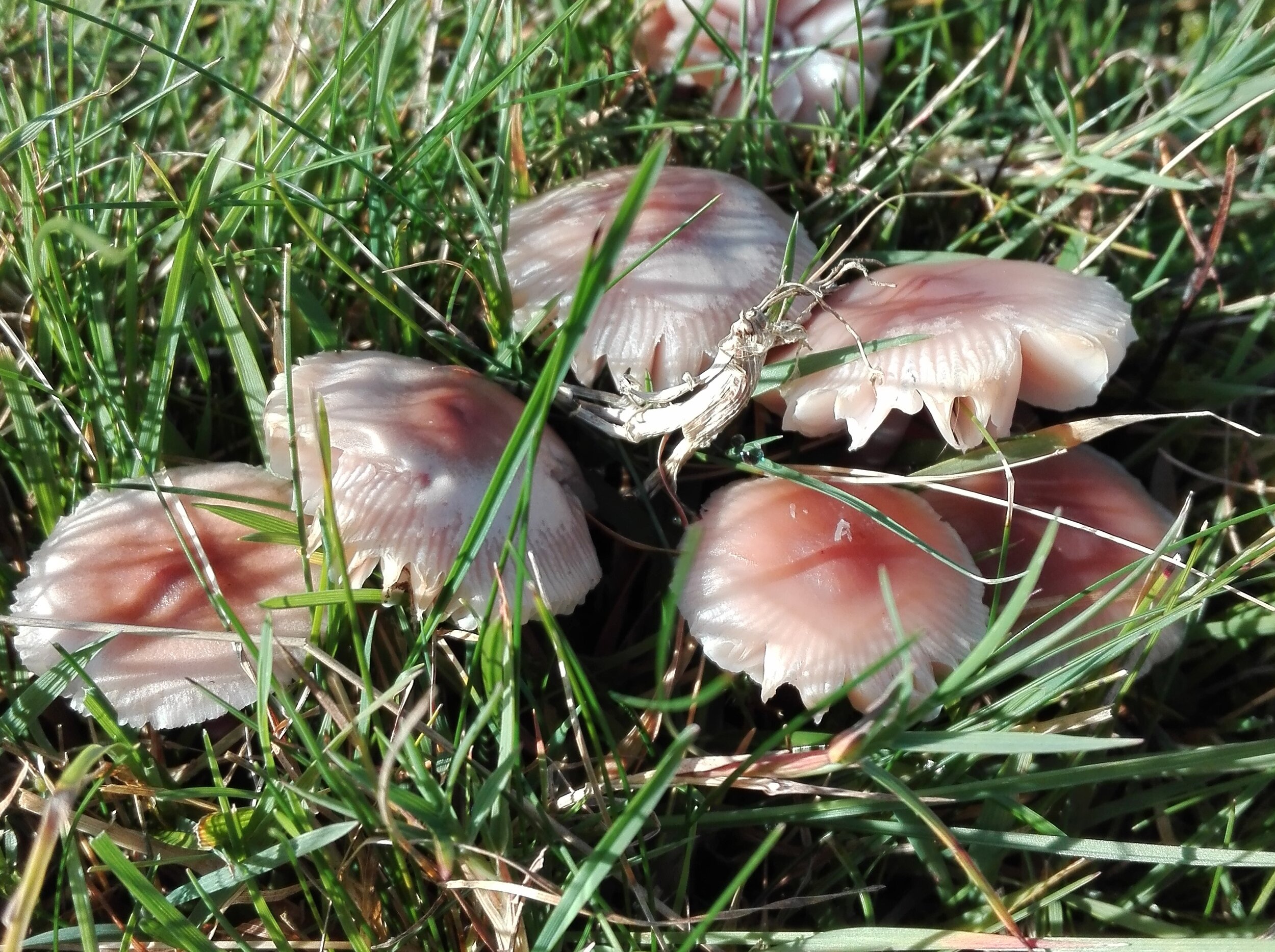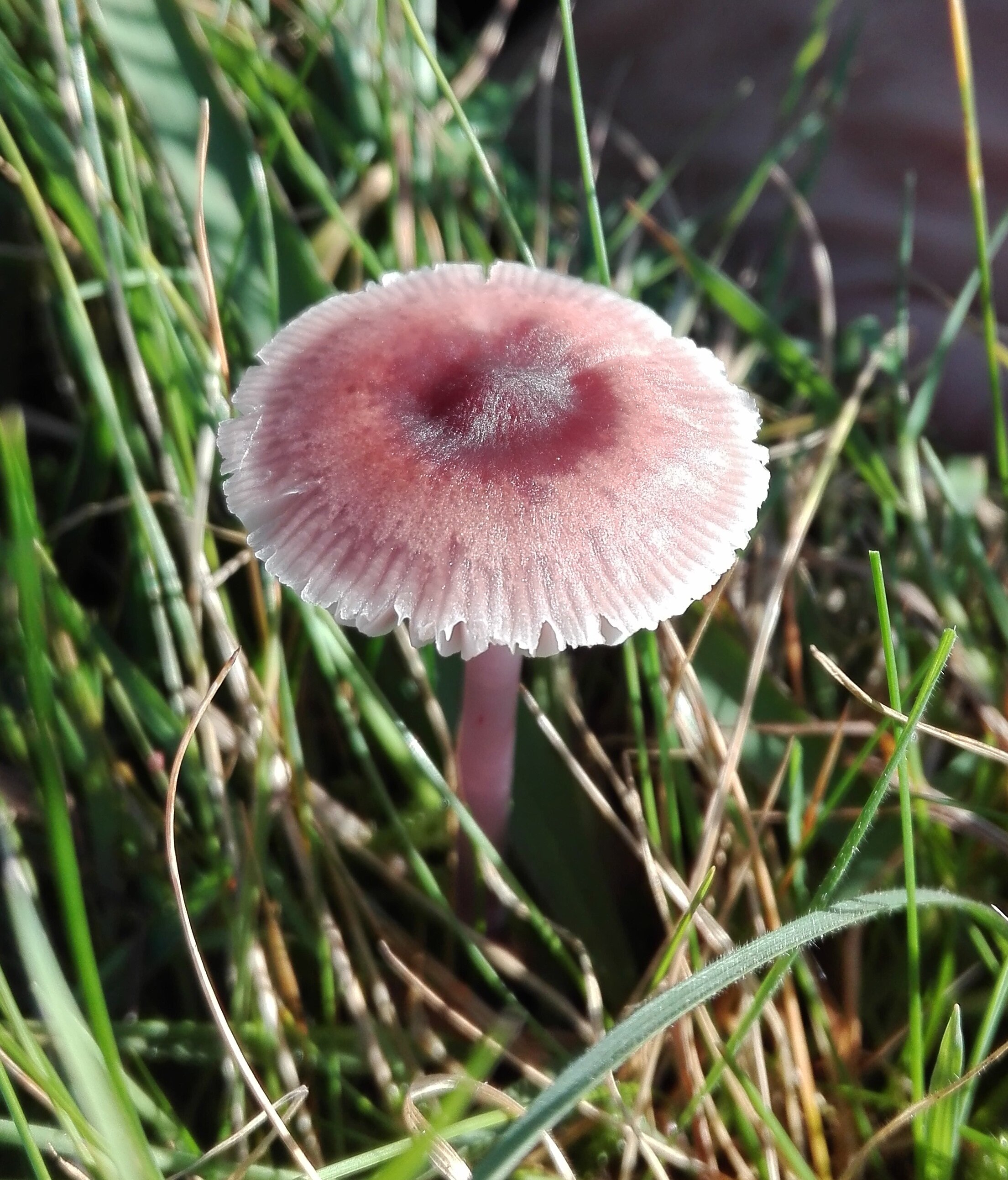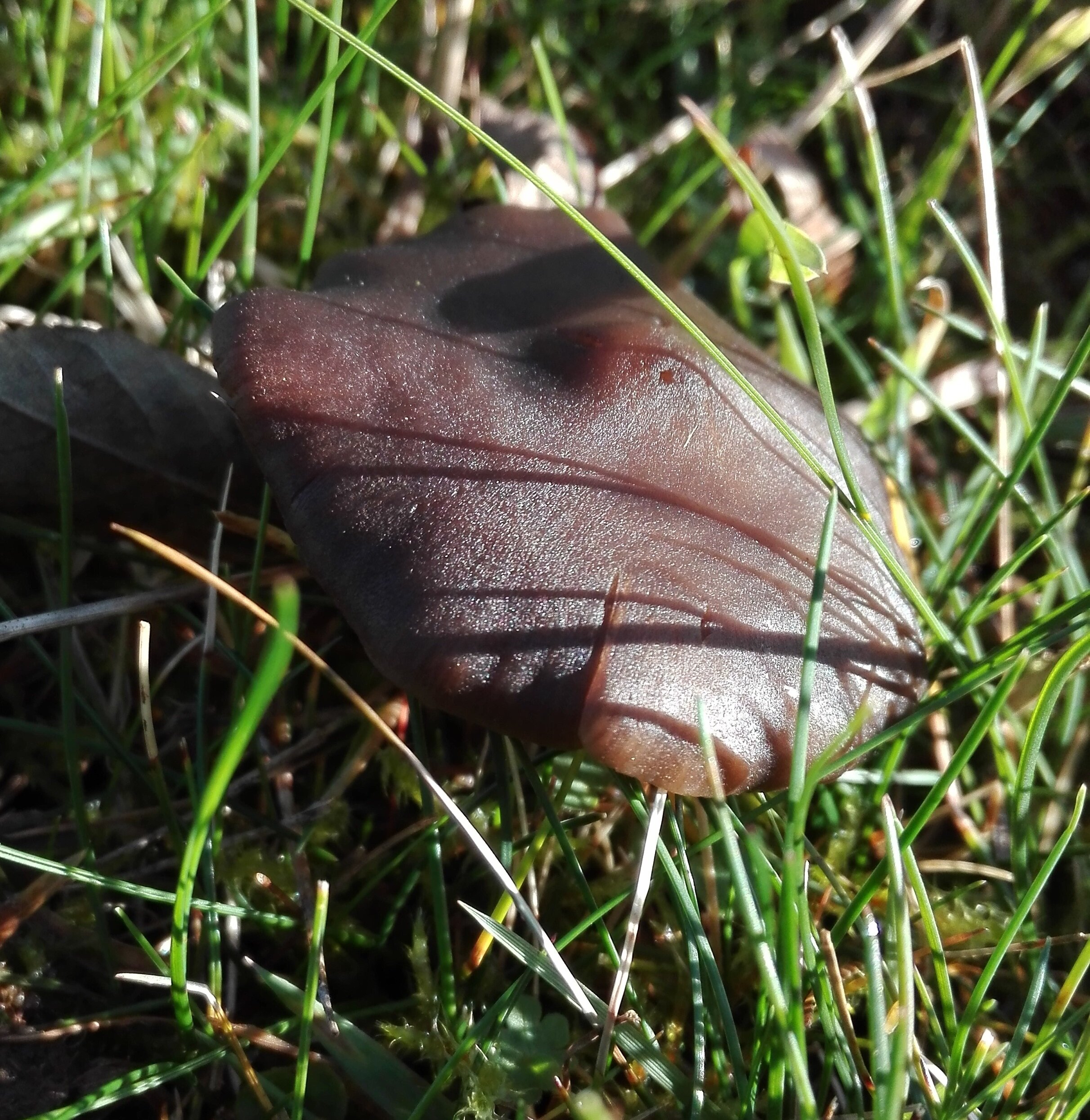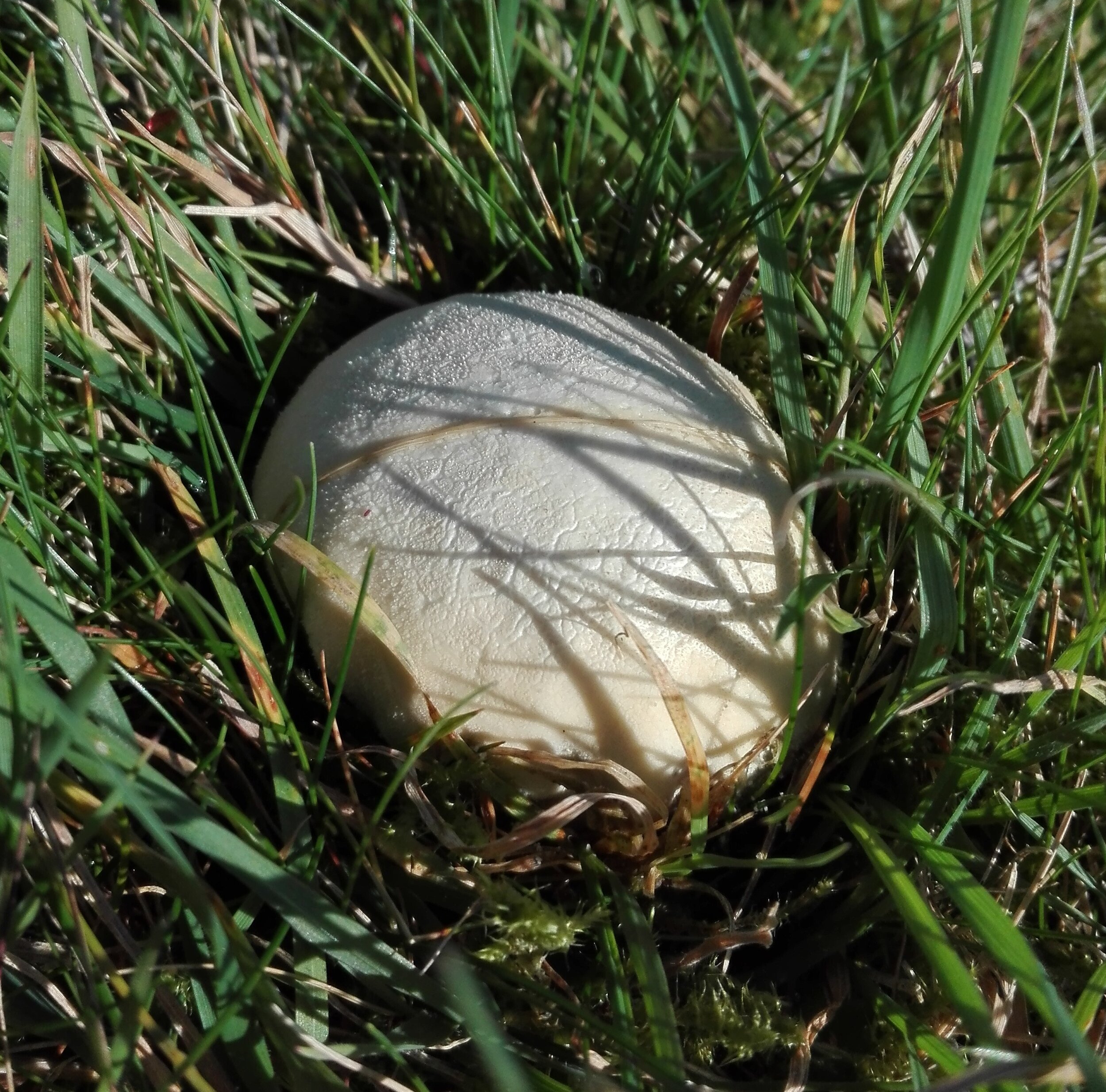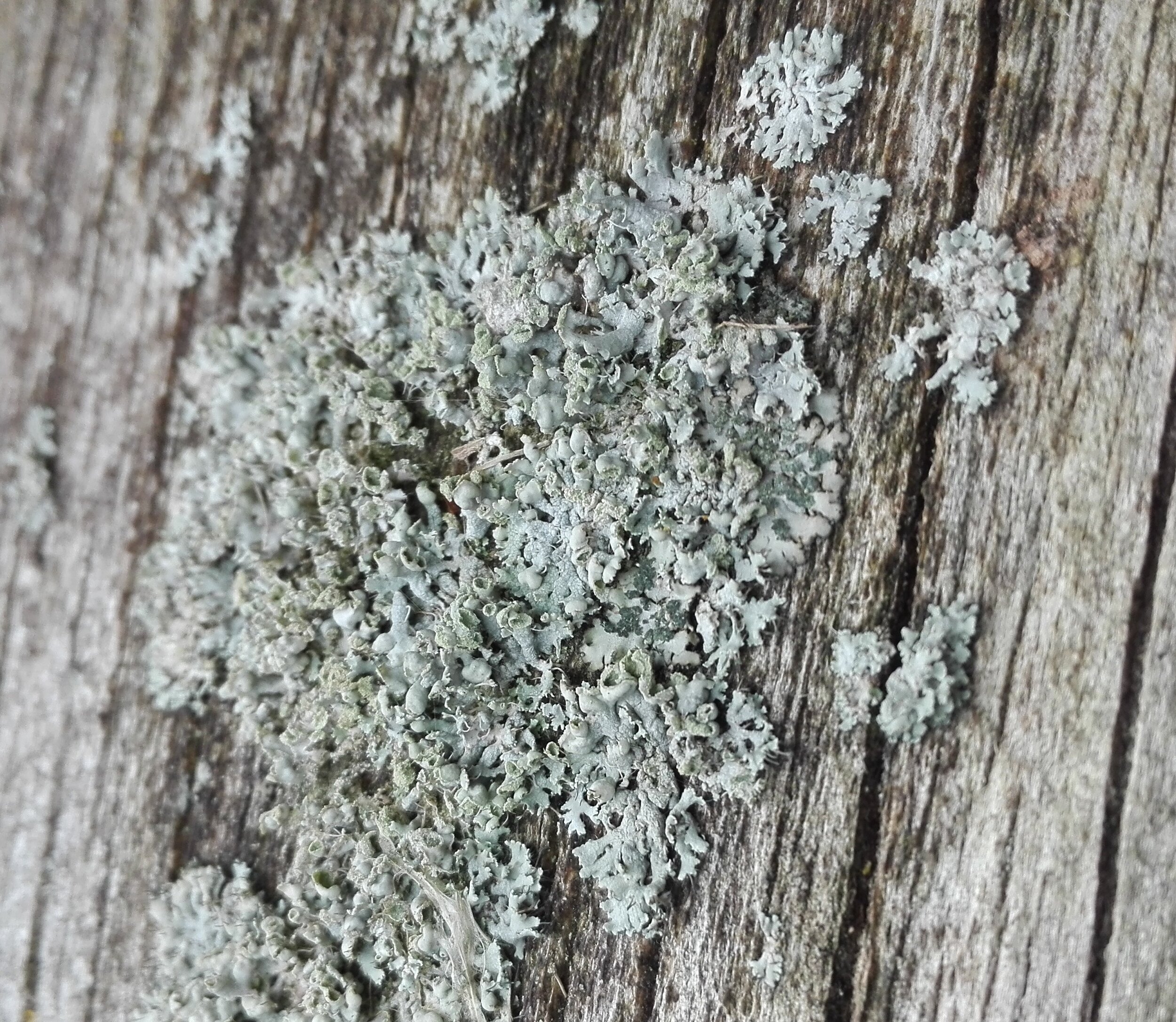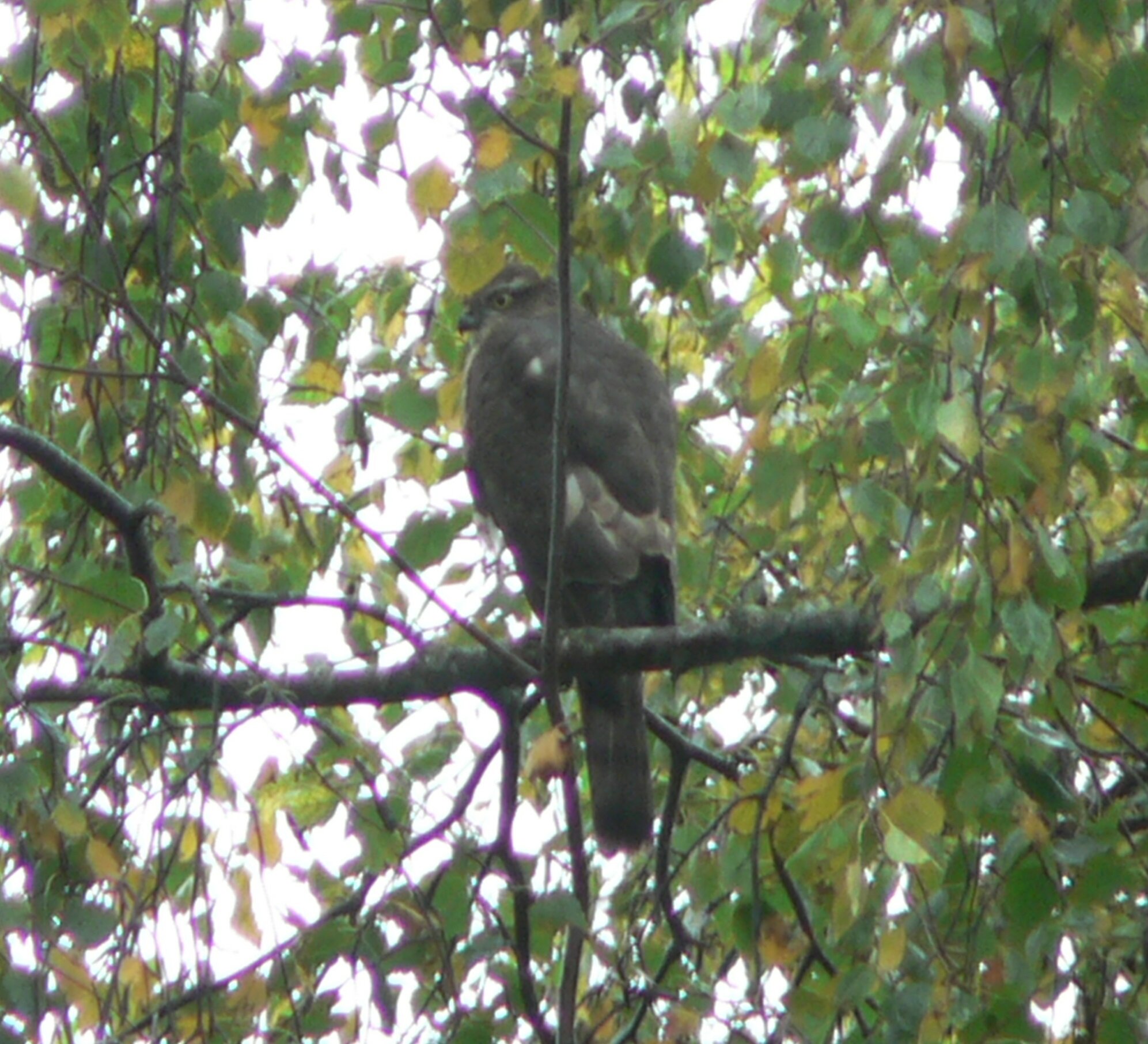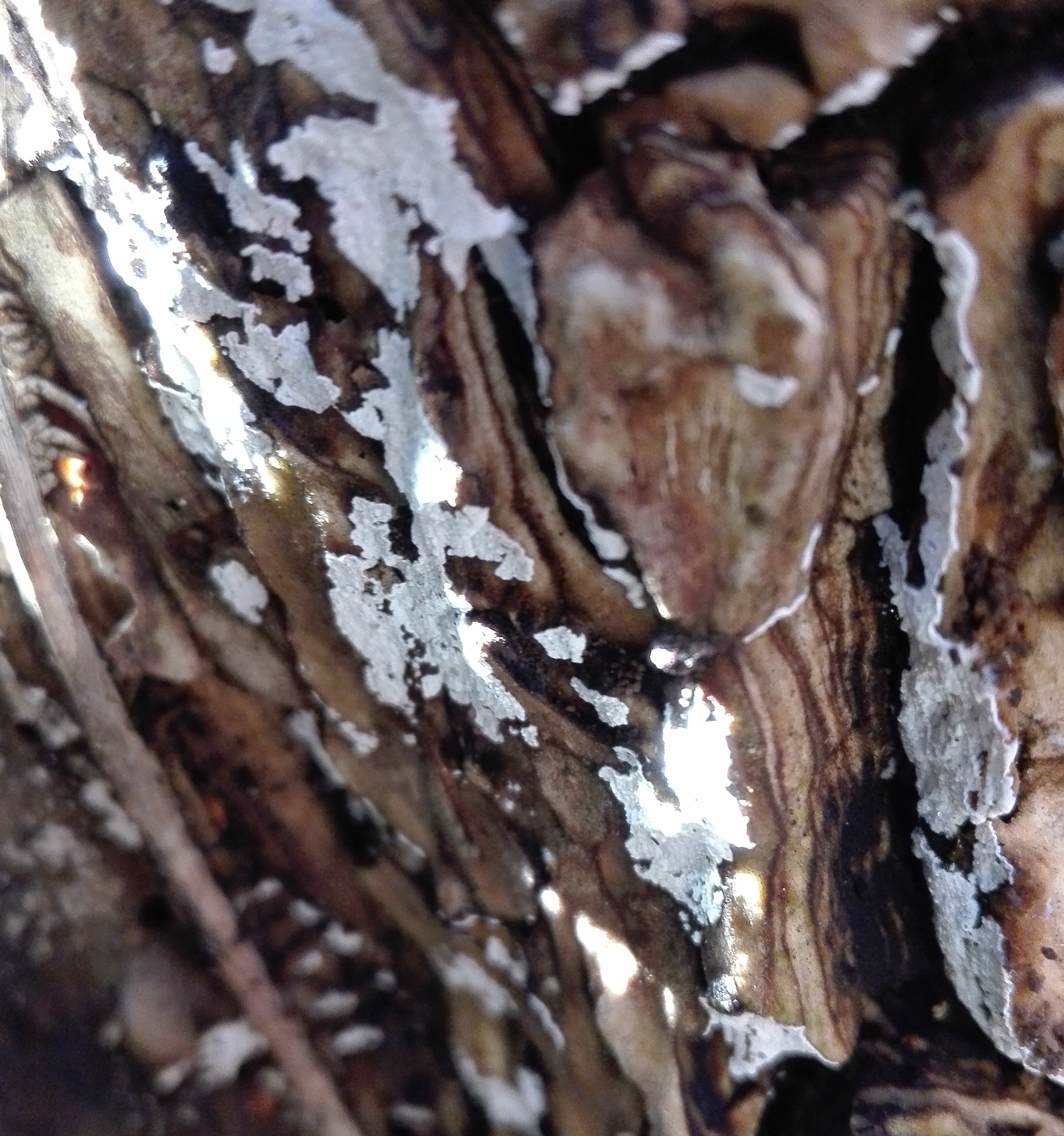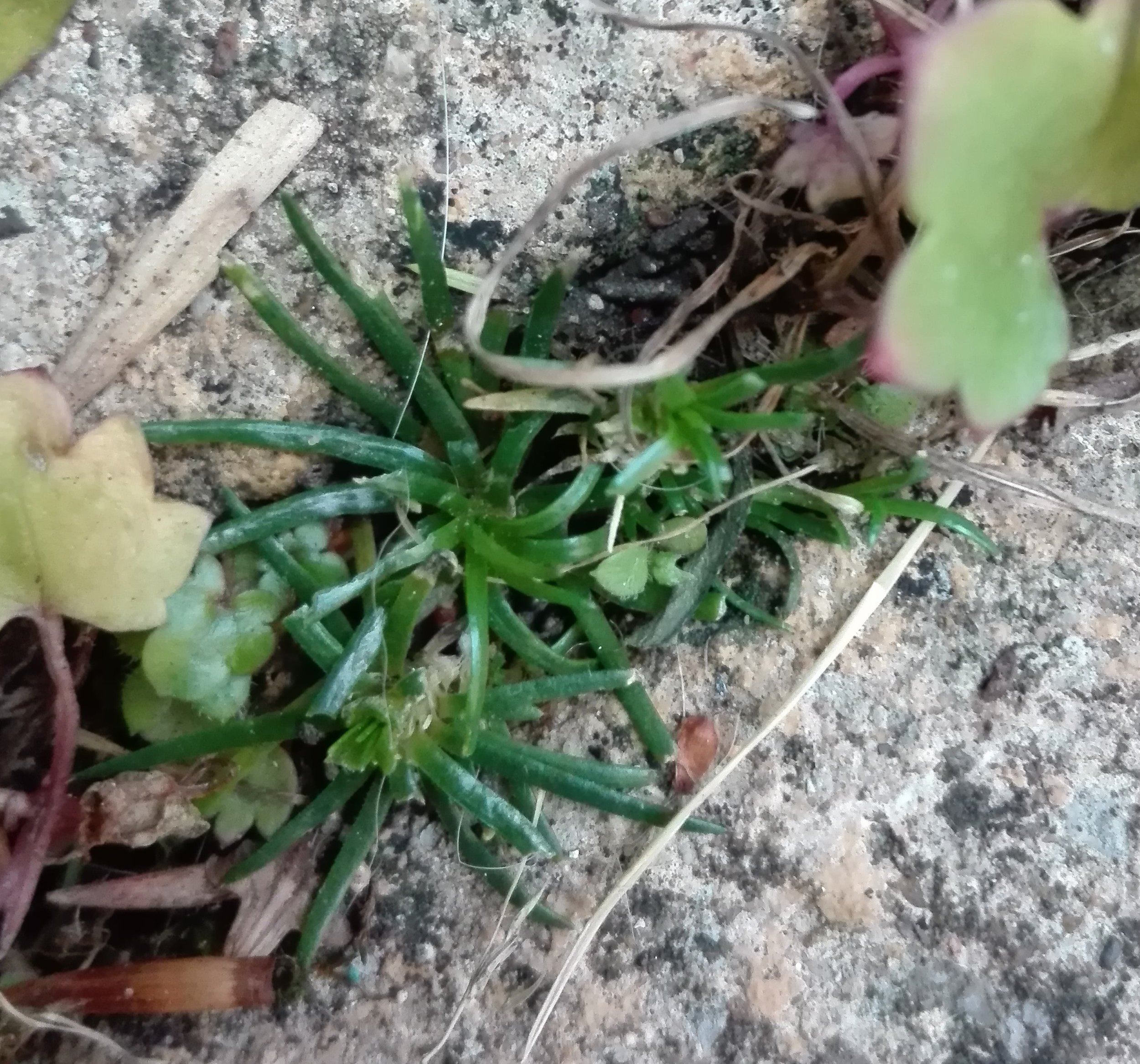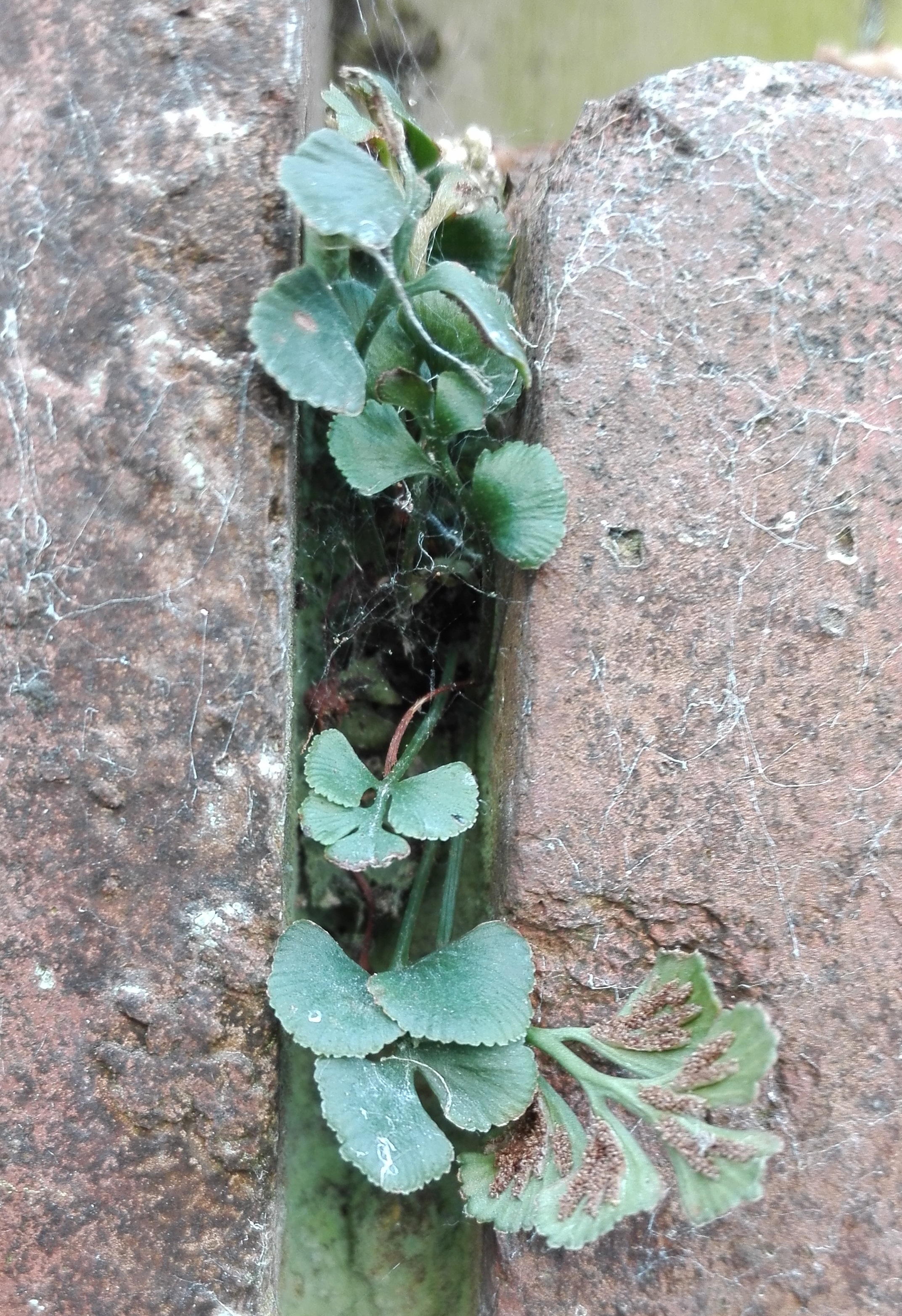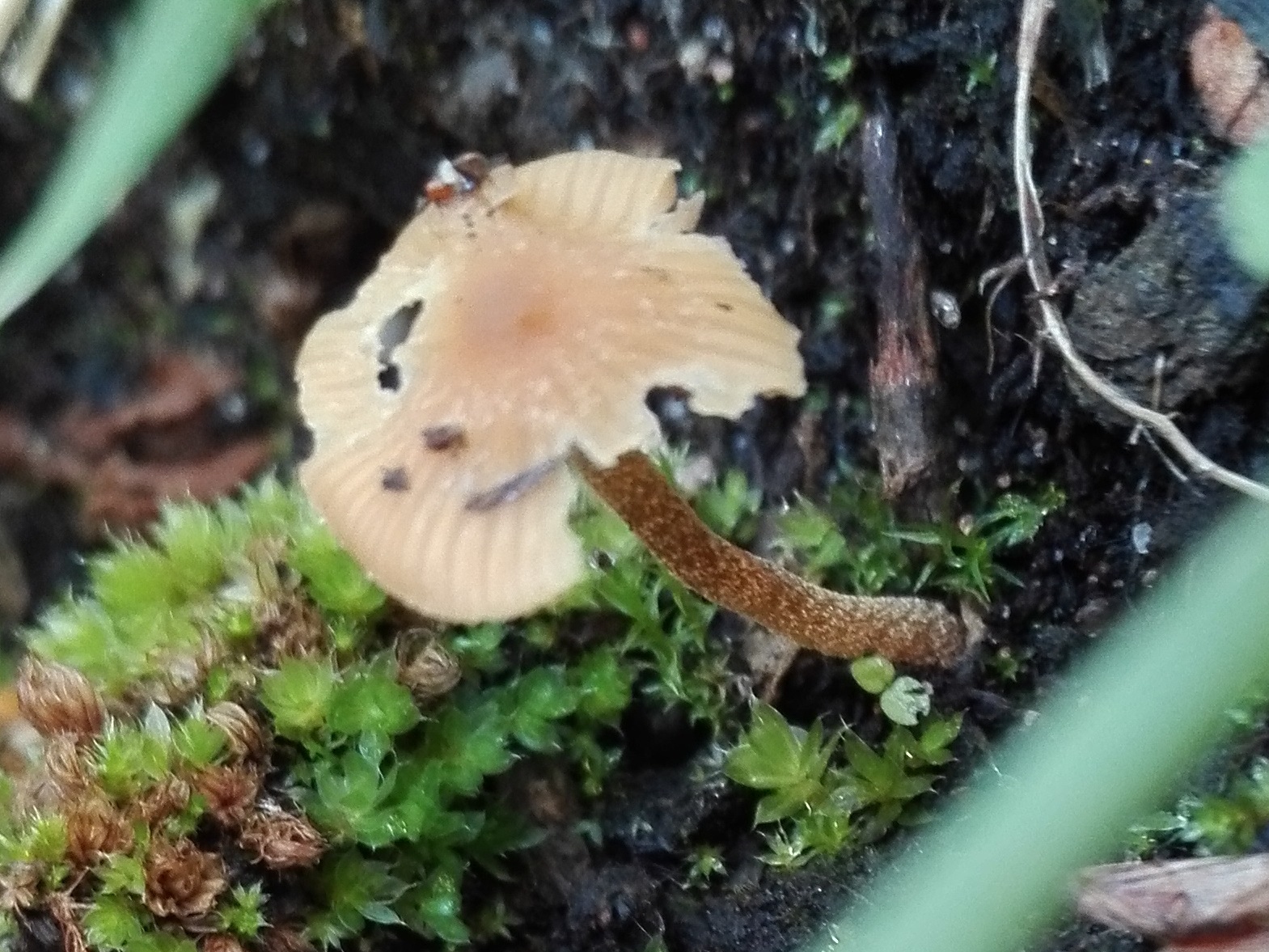Our sparrow nest box had a once-in-every-few-years clean-out last weekend. Usually, we have 3-4 pairs of House Sparrows nesting on the house; two under the roof eaves and one in each end of the 3-chamber sparrow nest box (for some reason the birds prefer an end-terrace dwelling). Cleaning out the old nests we found a few squatters, including Harlequin Ladybirds, Yellow Mealworm Beetle larvae (Tenebrio molitor, #547) and a hibernating Small Tortoiseshell butterfly. The mealworms are the same ones that you buy as bird food, but I had no idea that a natural habitat of these darkling beetle larvae was scavenging around the bottom of birds nests.
On the exterior of the box, there was a good growth of Variable Oysterling fungi (Crepidotus variabilis, #548) on the front edge and underside of the plywood lid of the bird box. These are odd-looking brown fungi that don’t have a stem; the gilled canopy grows straight out of the wood. There was a nice patch of grey/green foliose lichen (#275 Physcia caesia) on the nest box lid.
The sparrows may not be around at the moment, but this female Sparrowhawk is regularly lurking about the garden, casting a beady yellow eye at the Woodpigeons.

